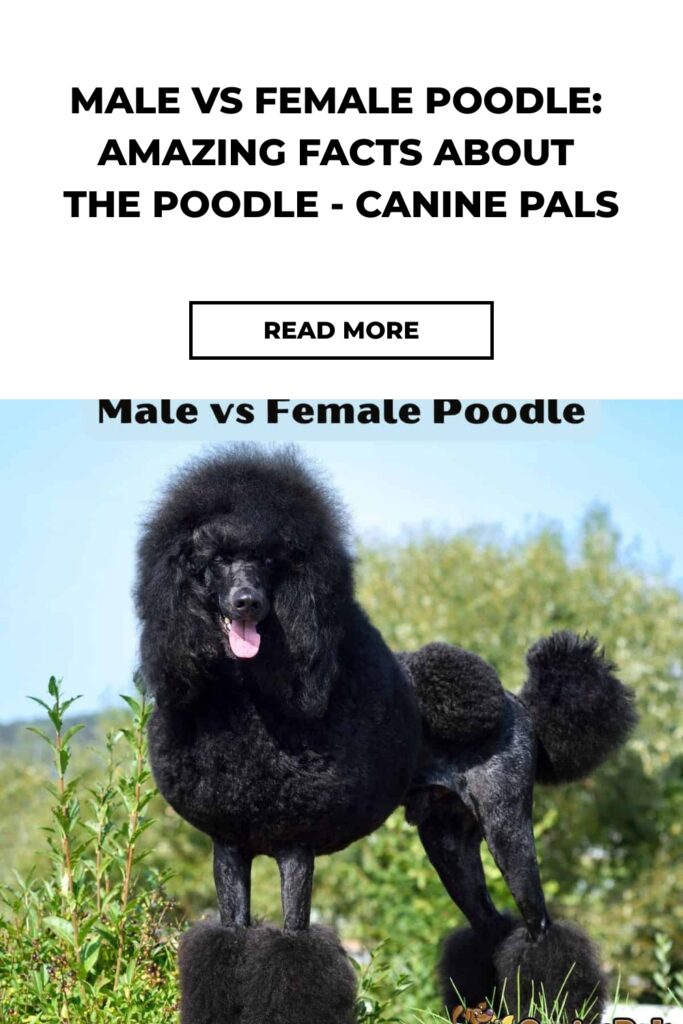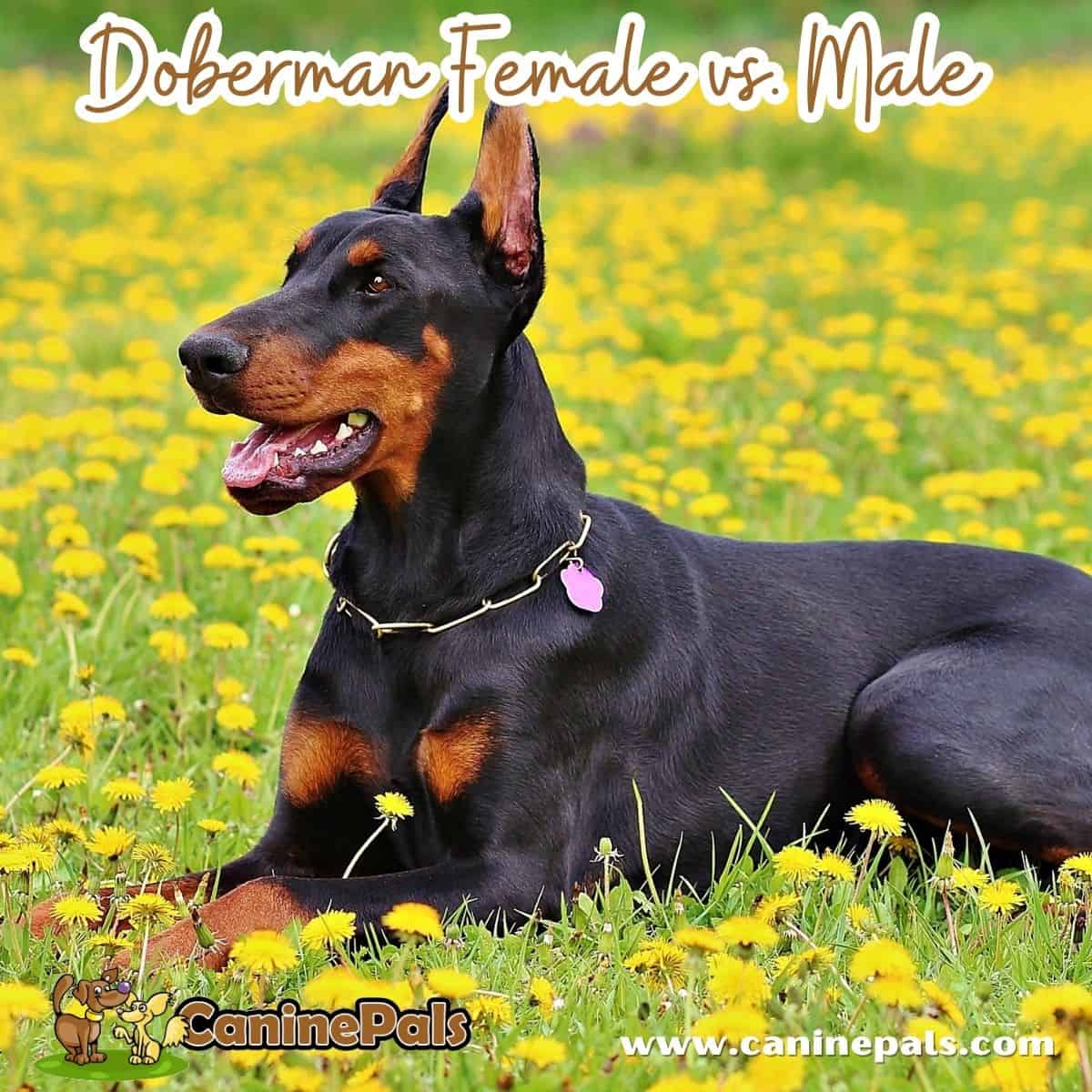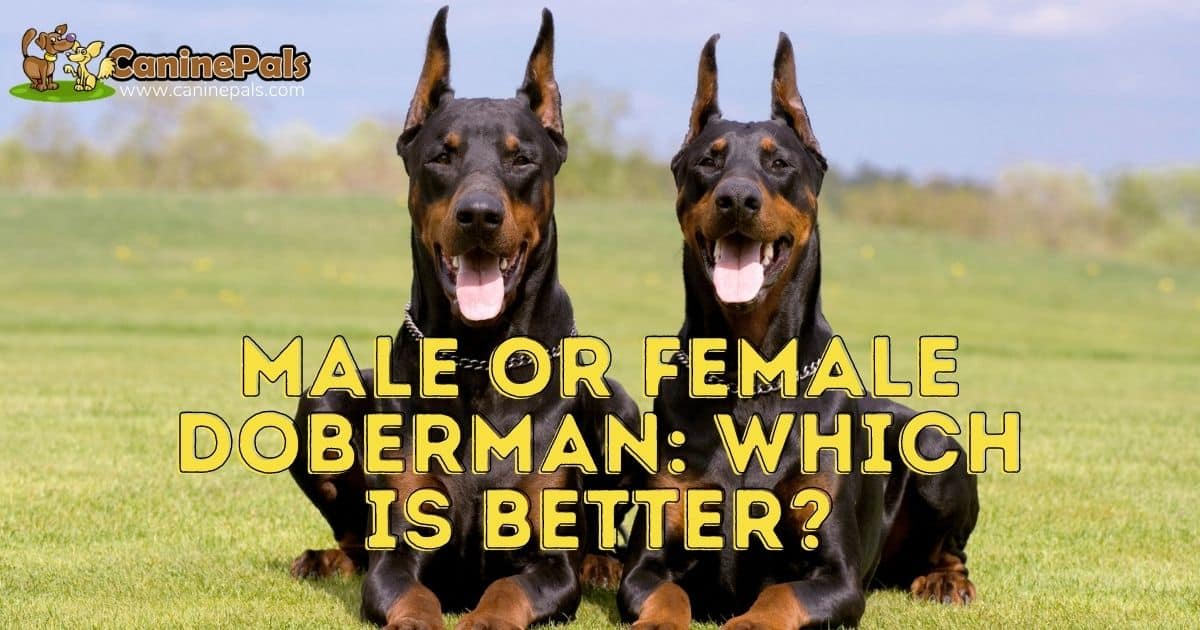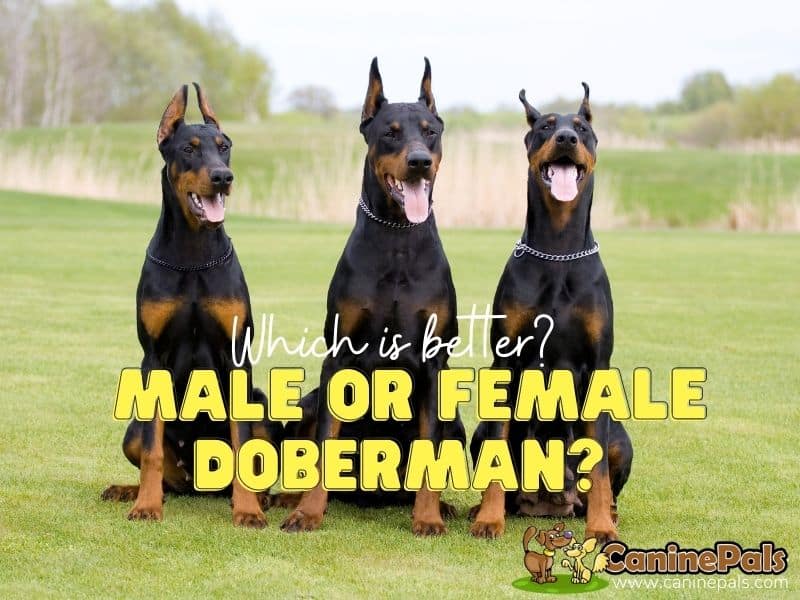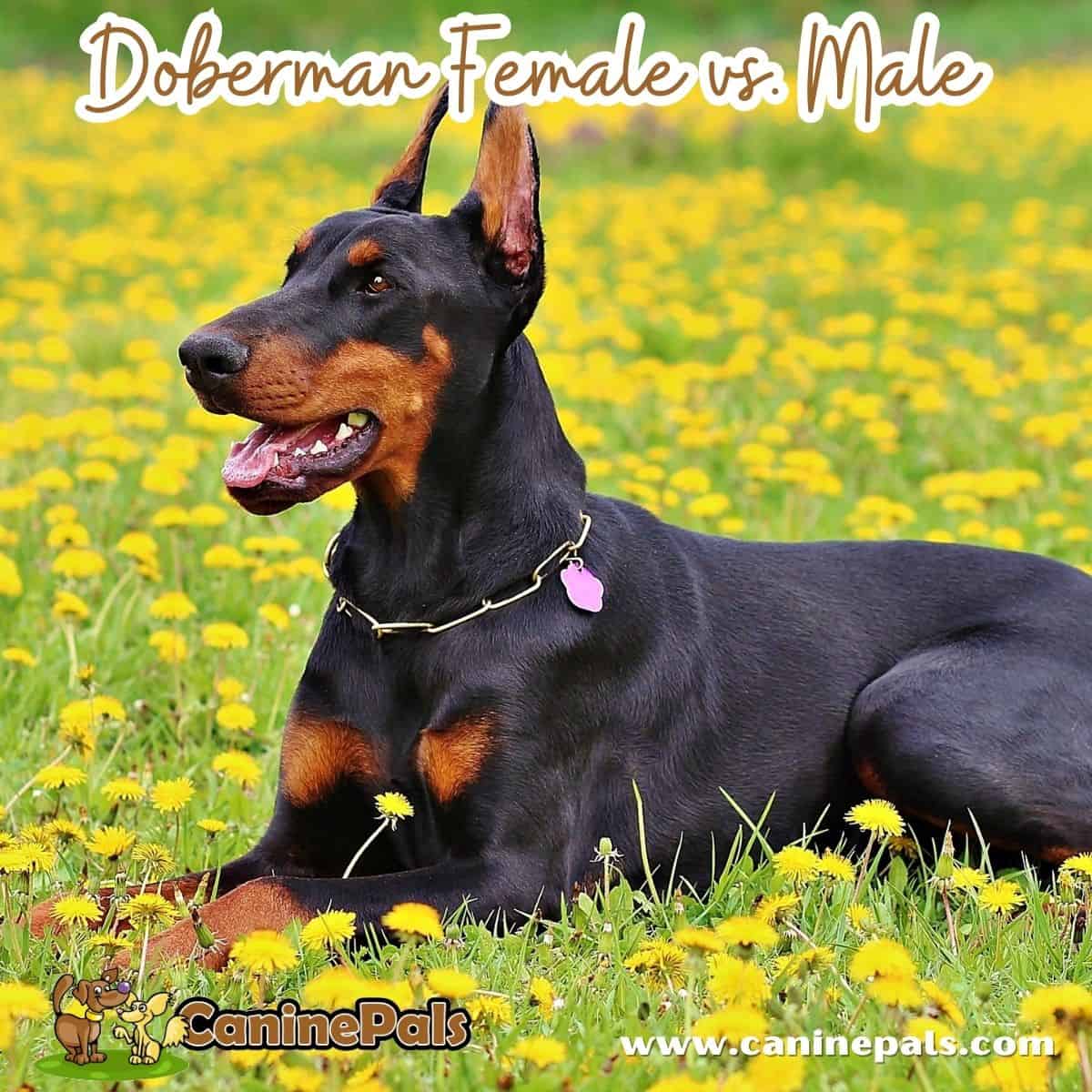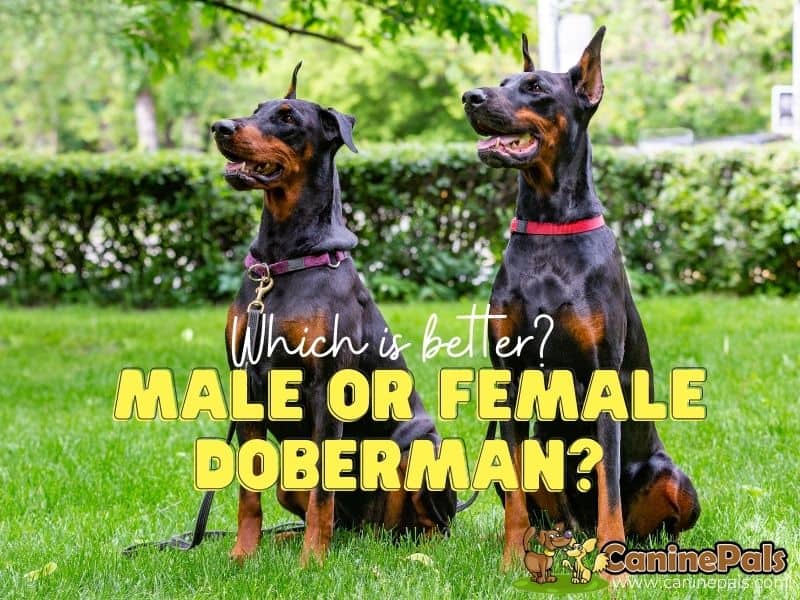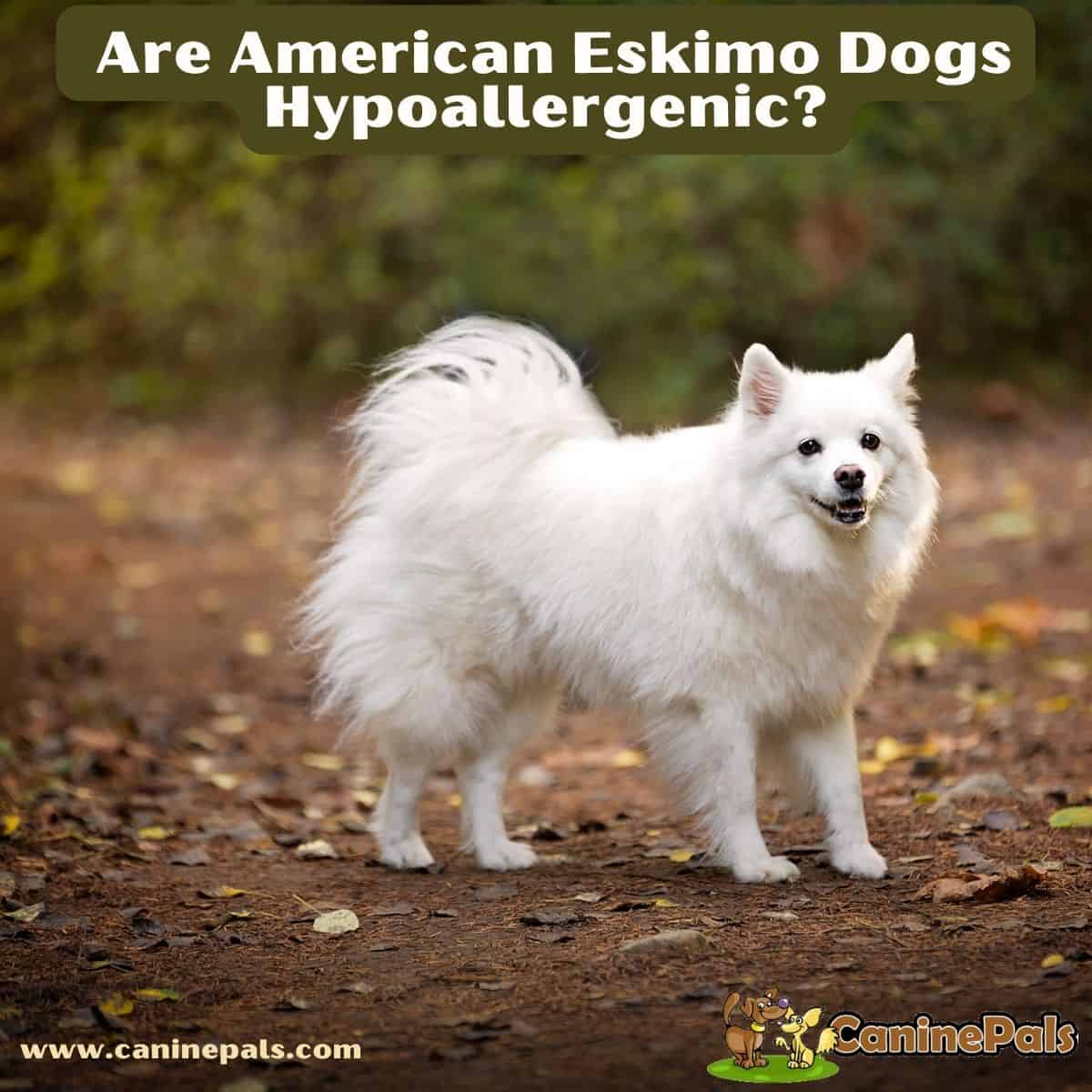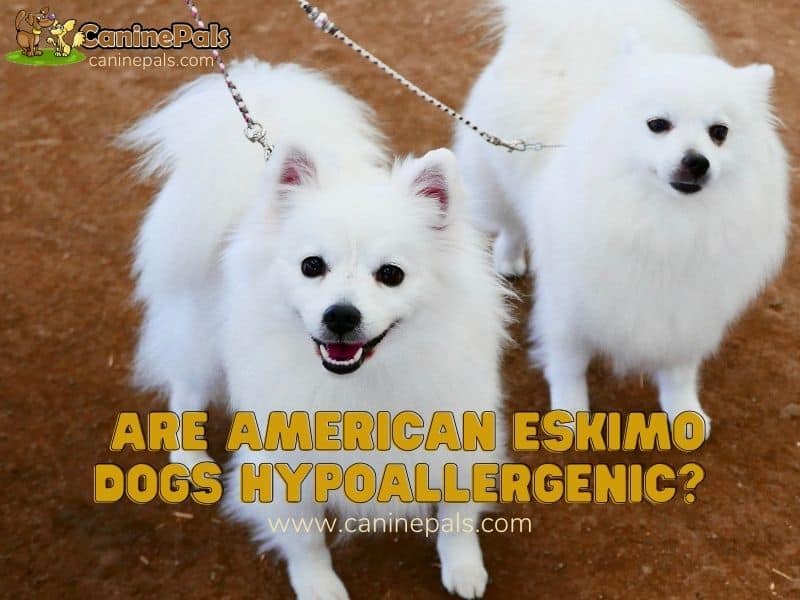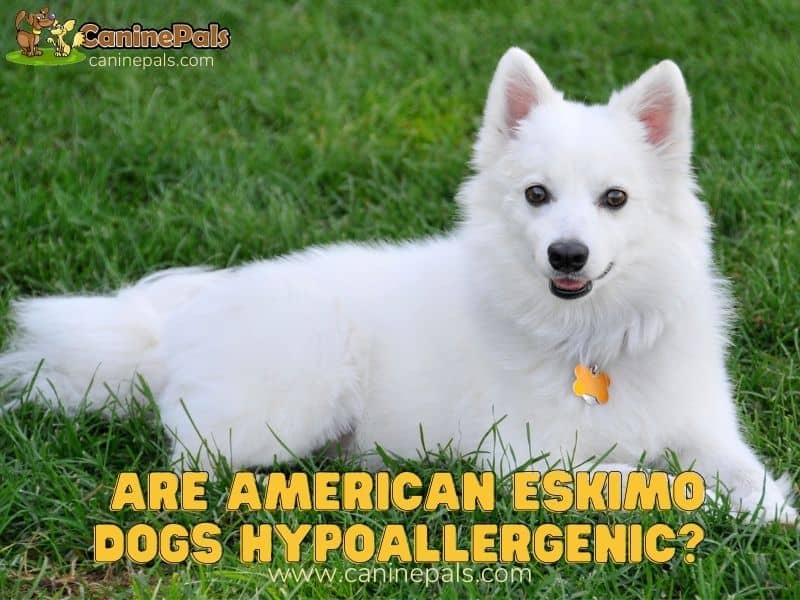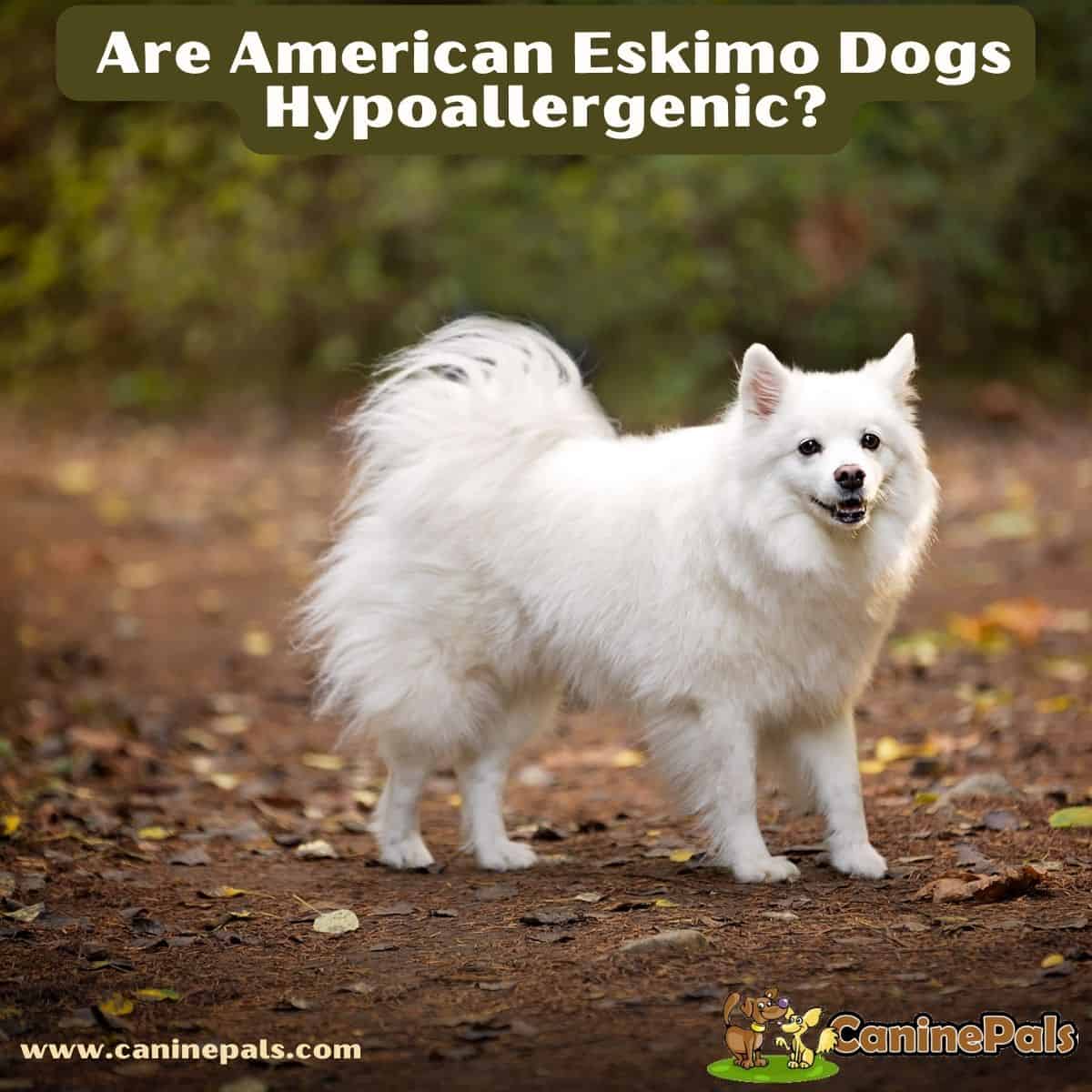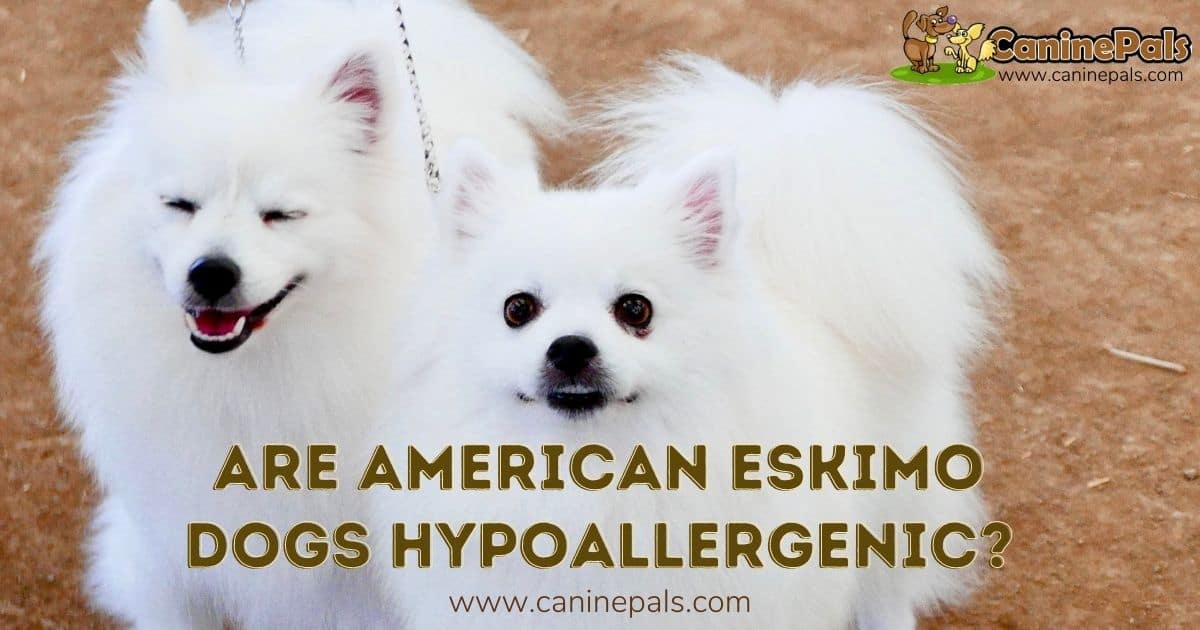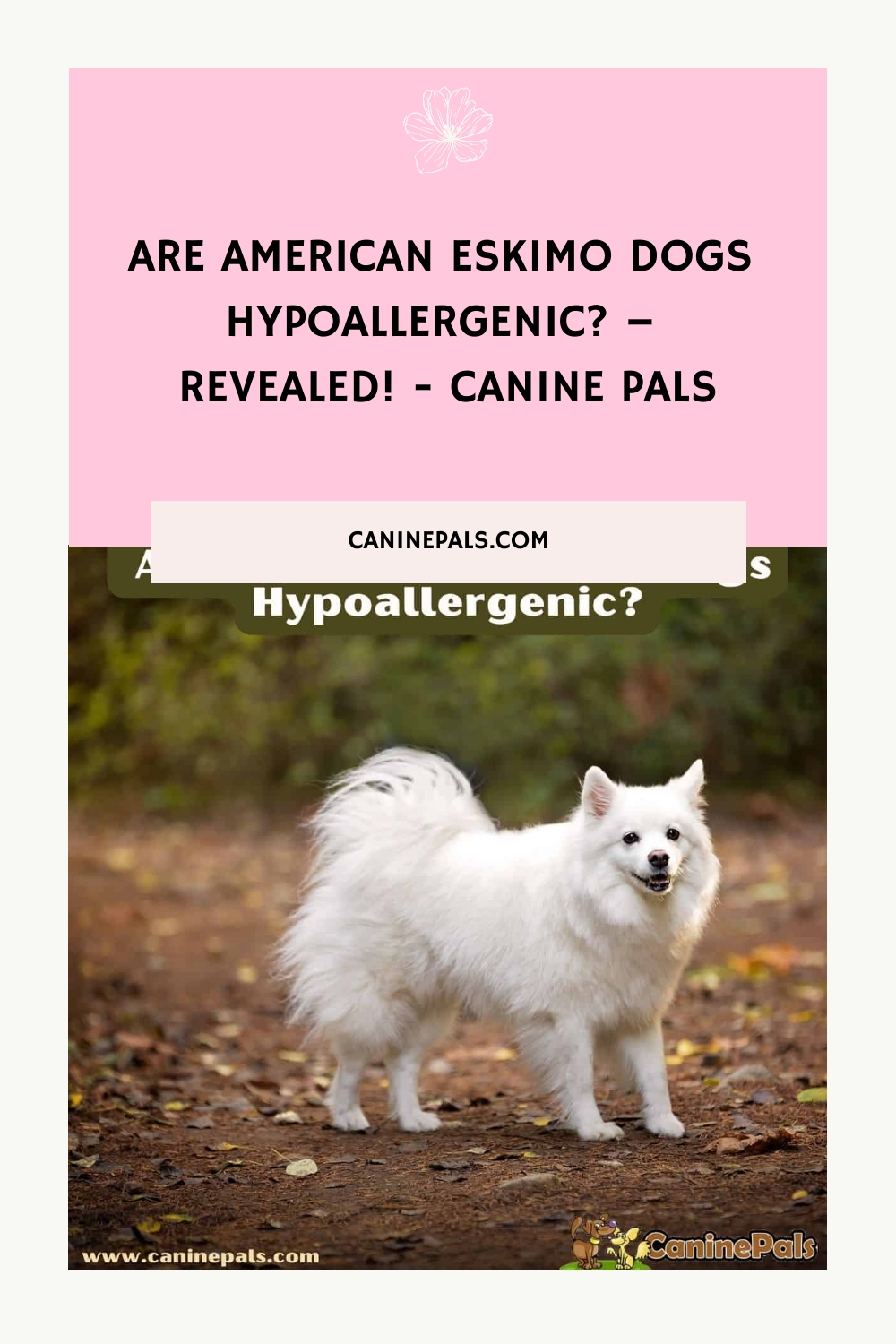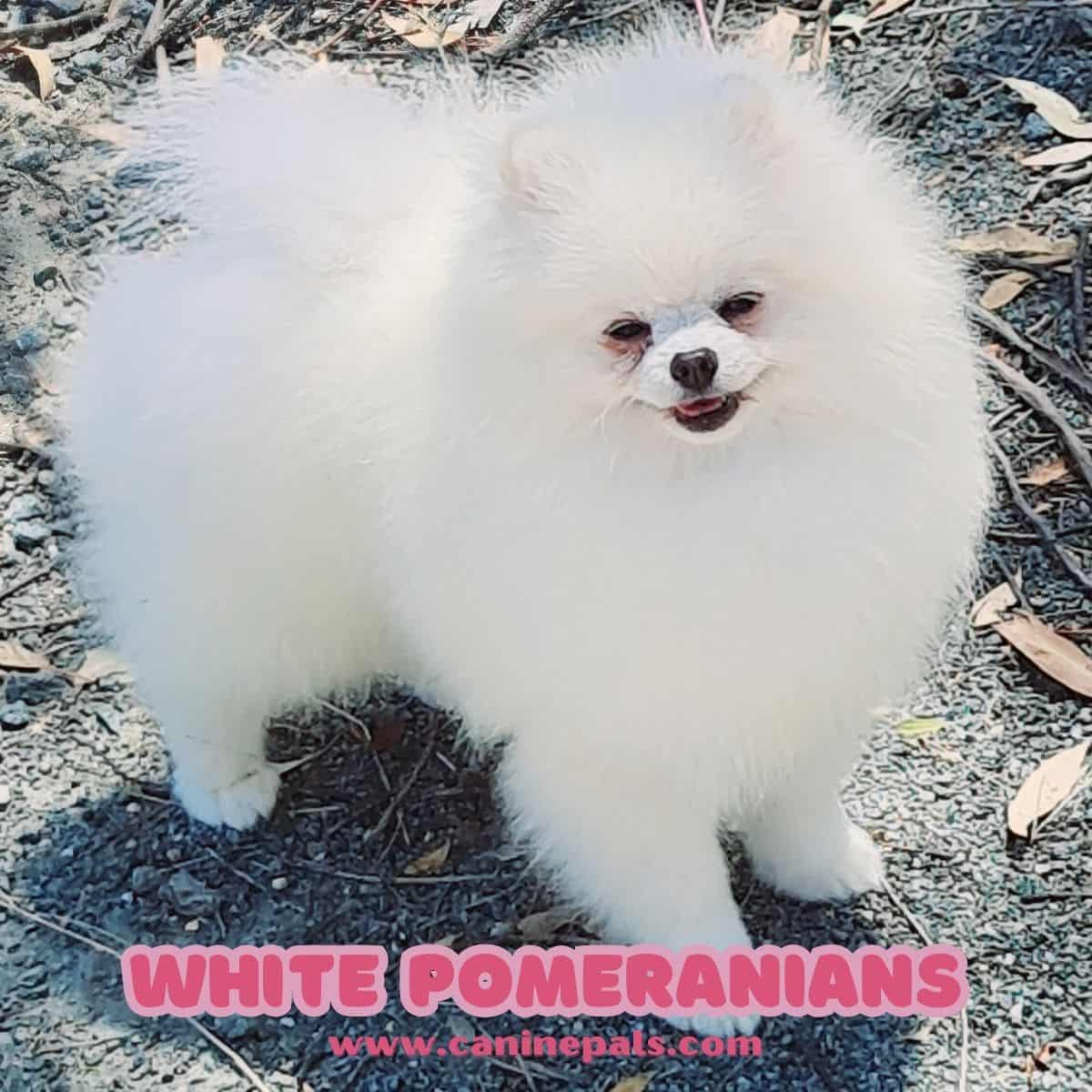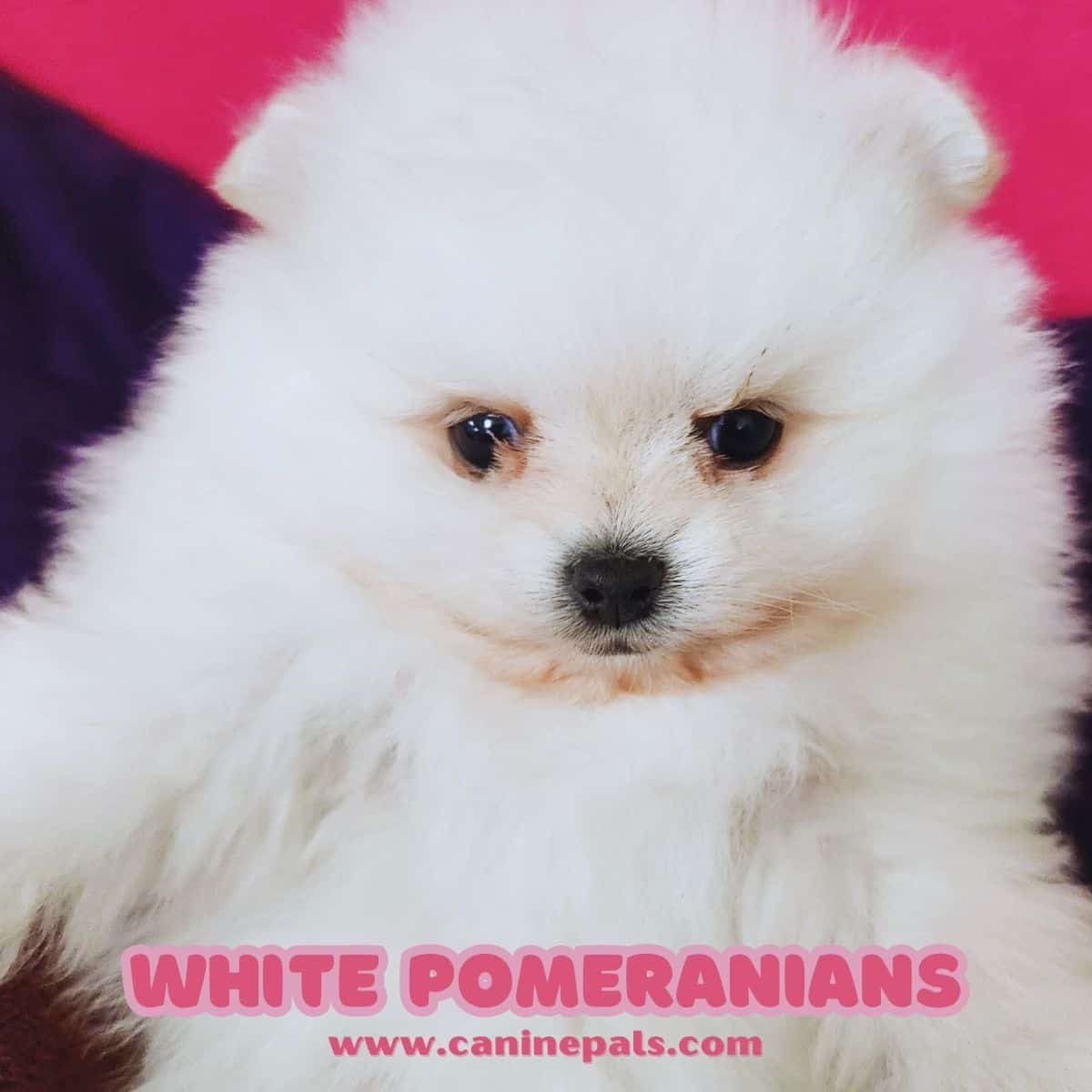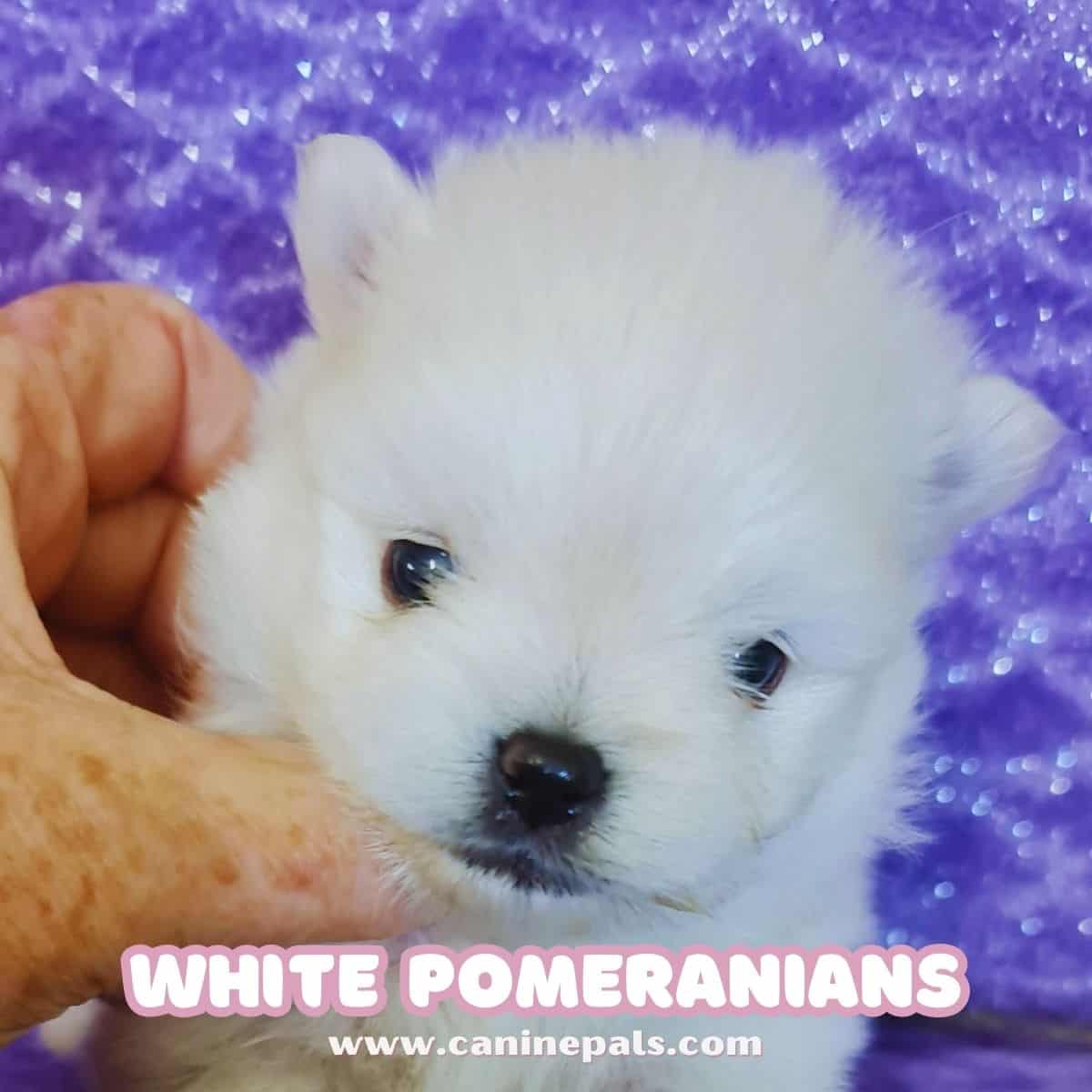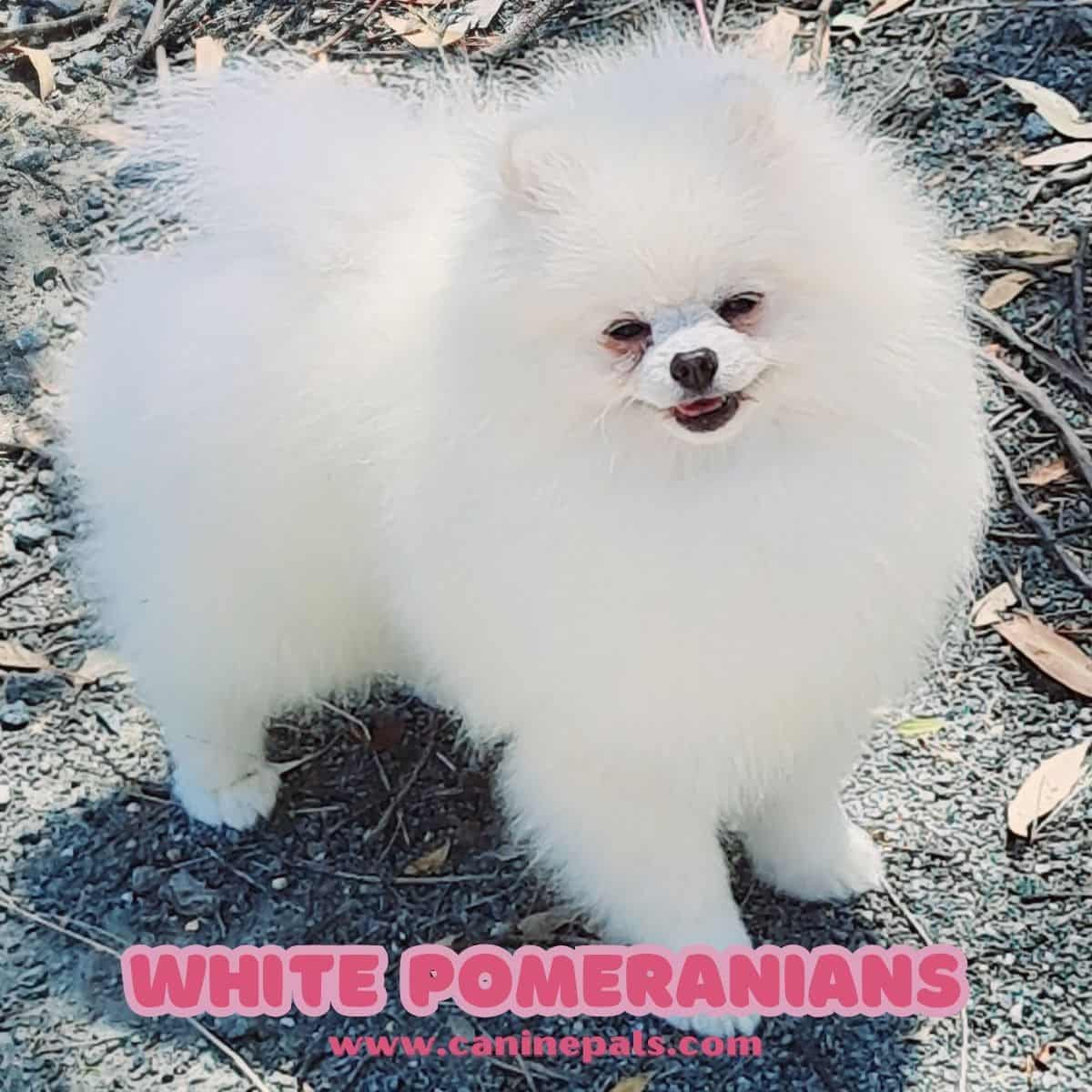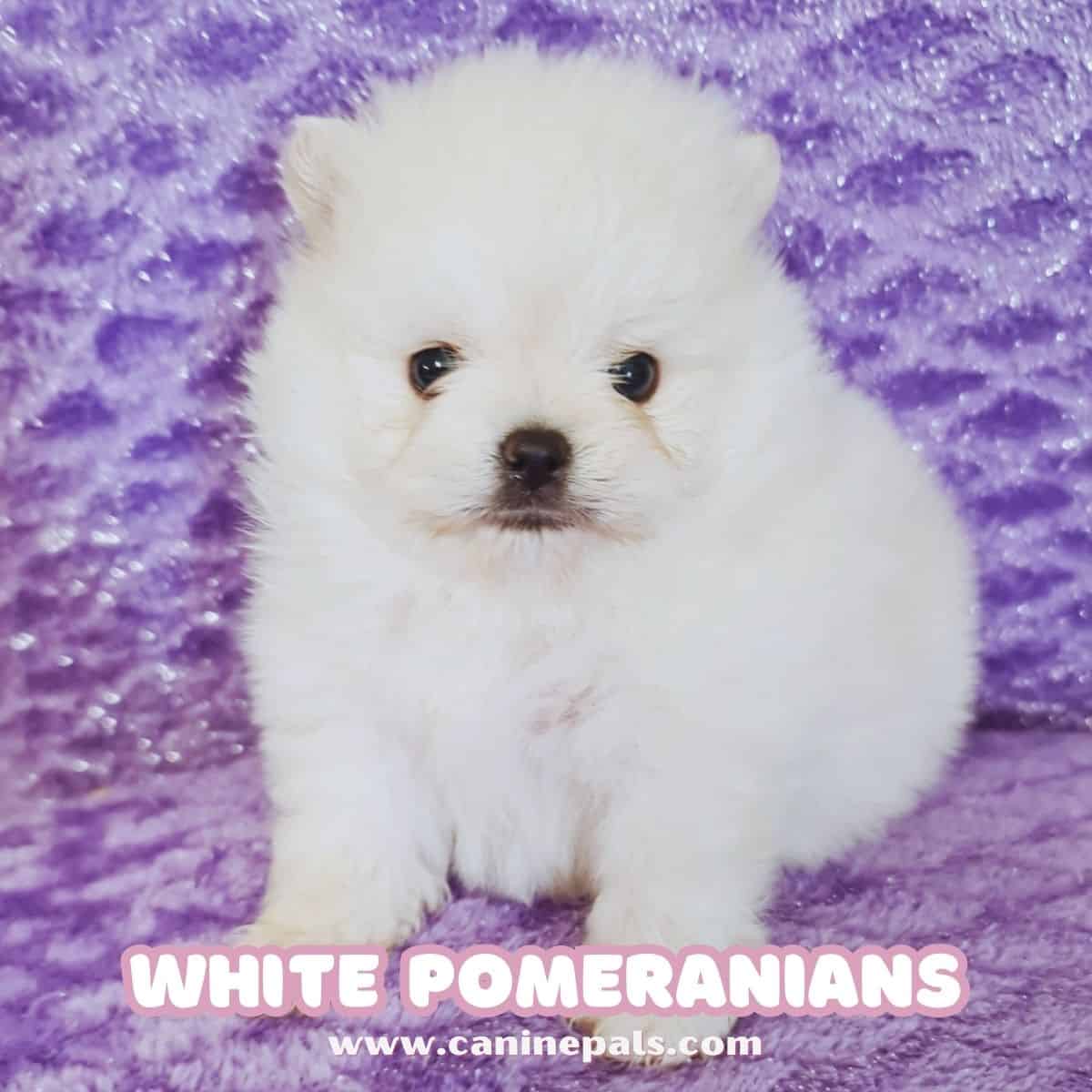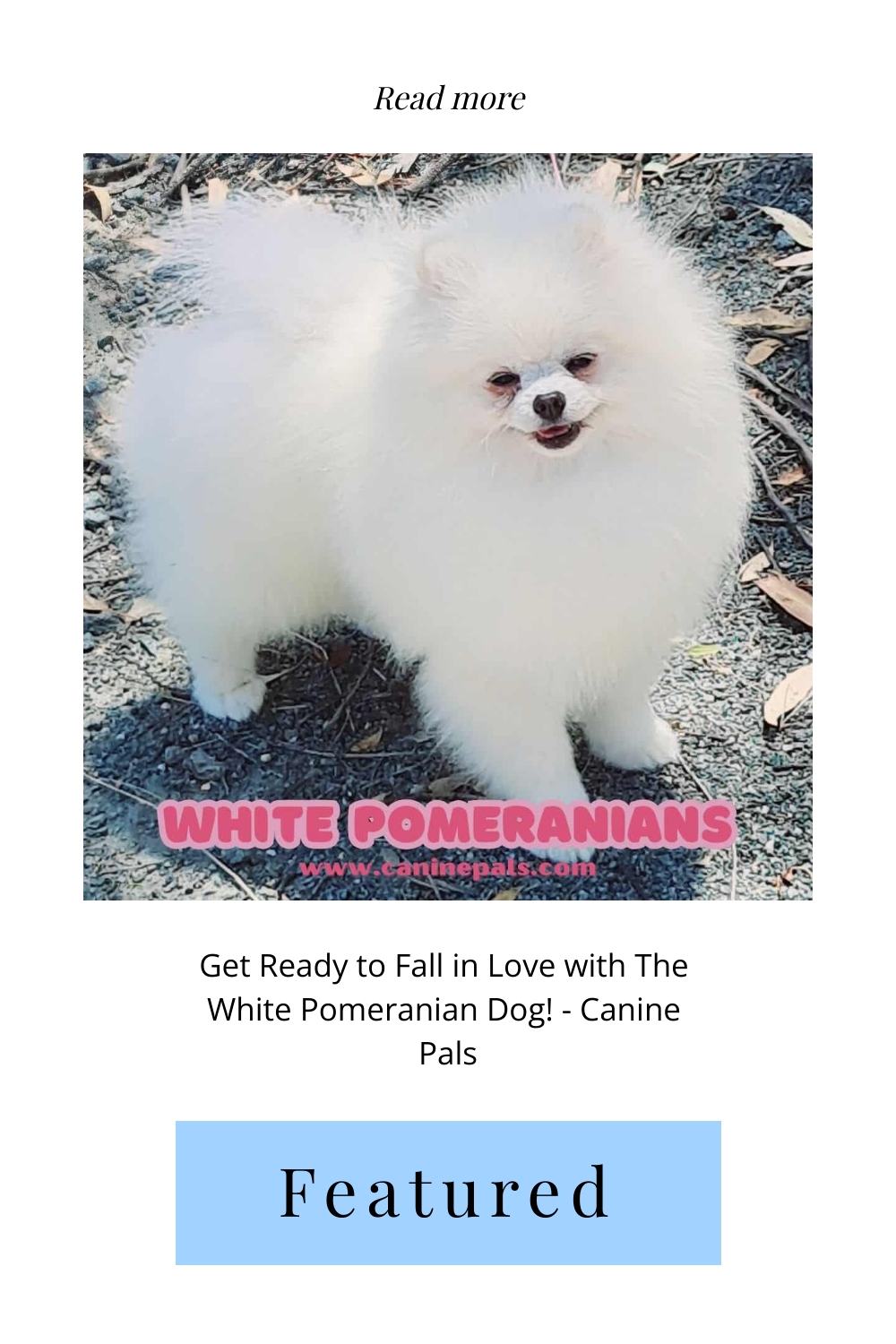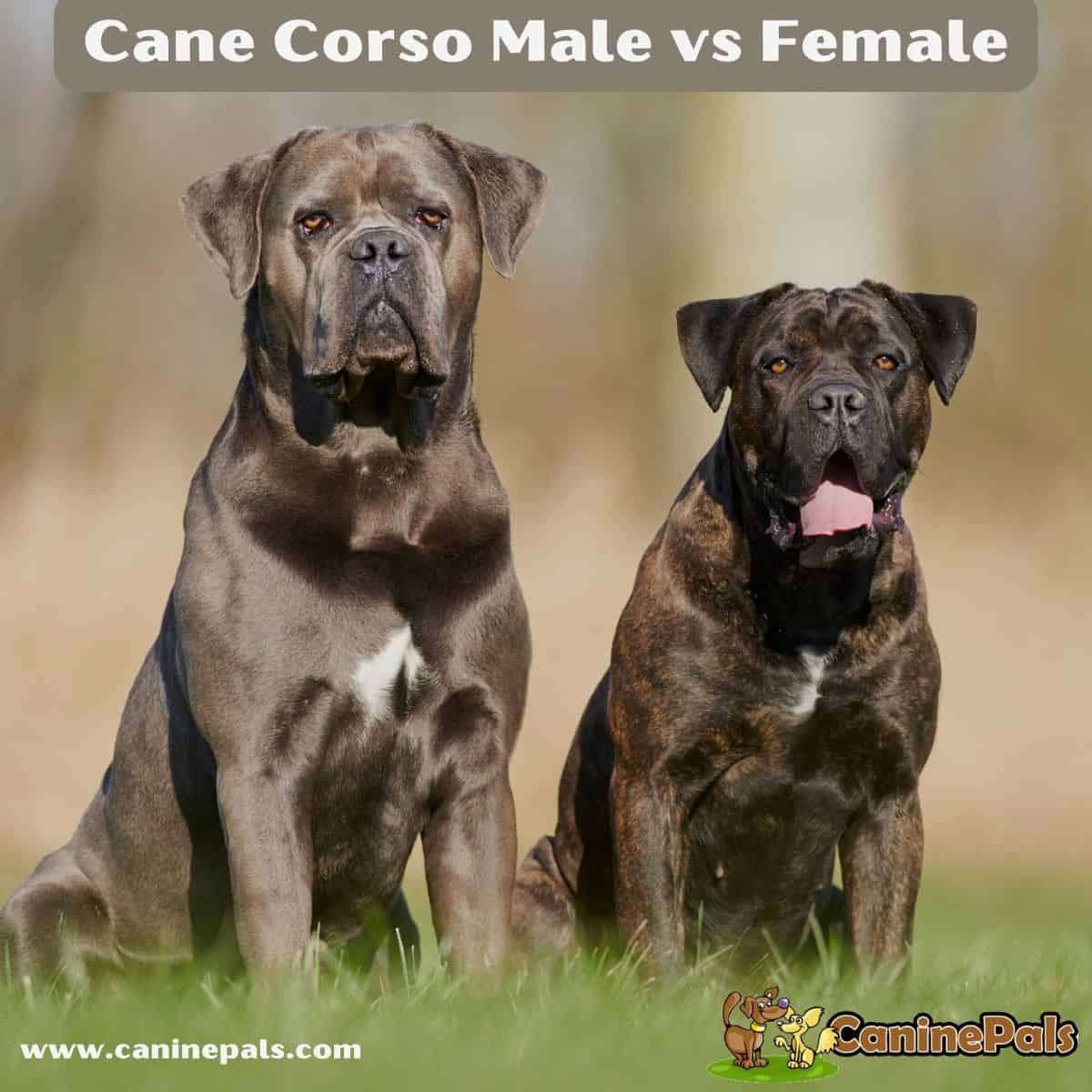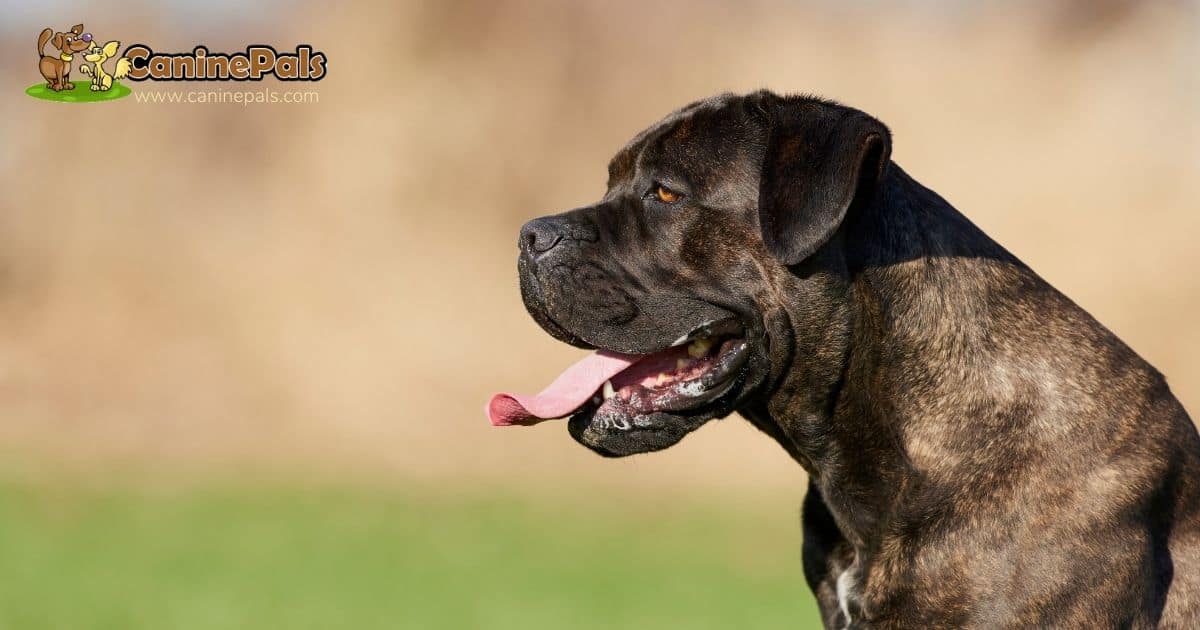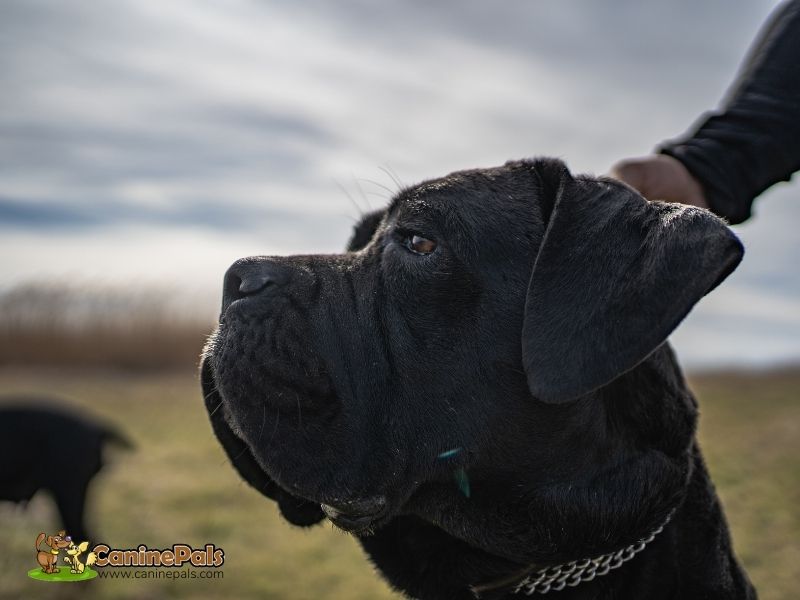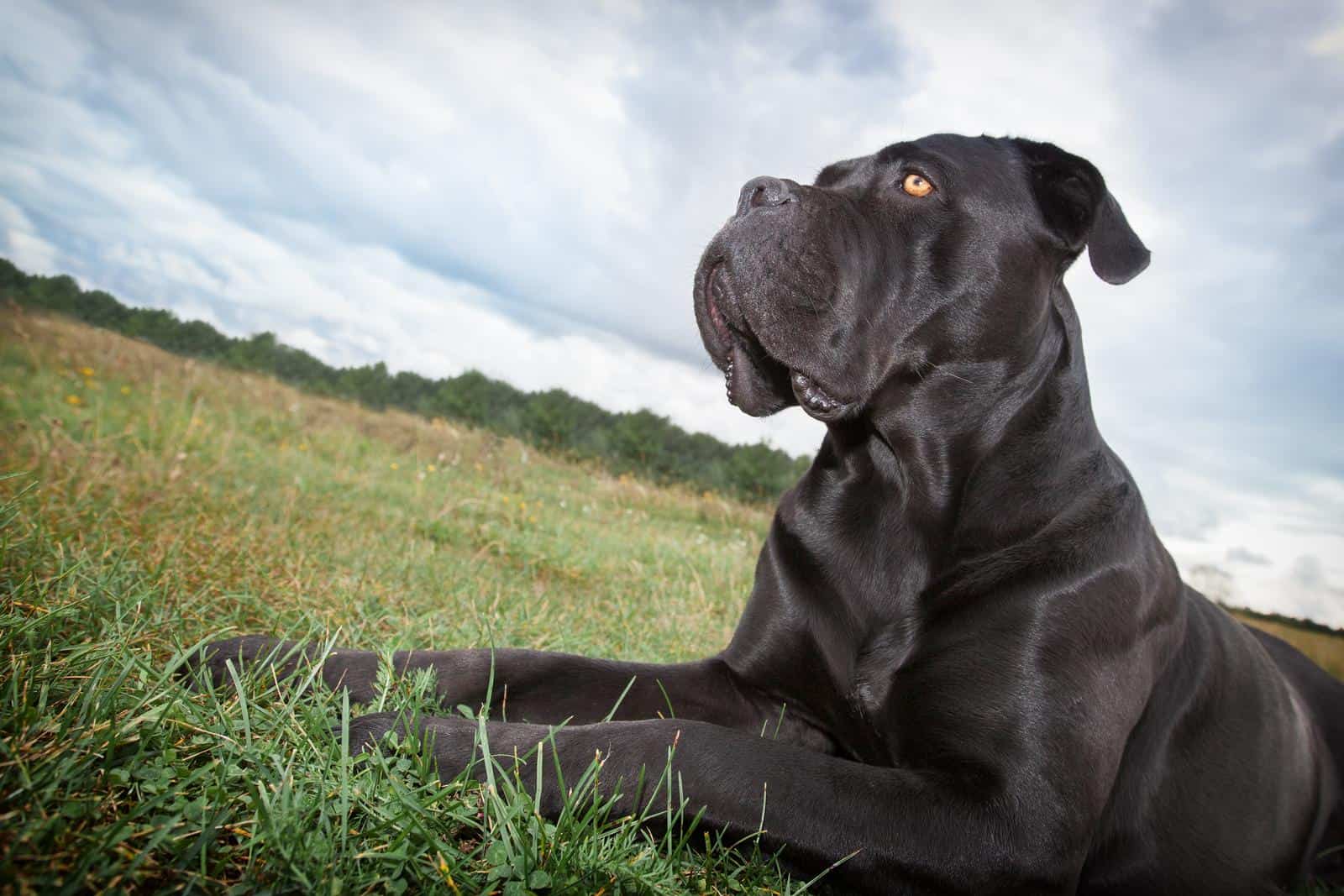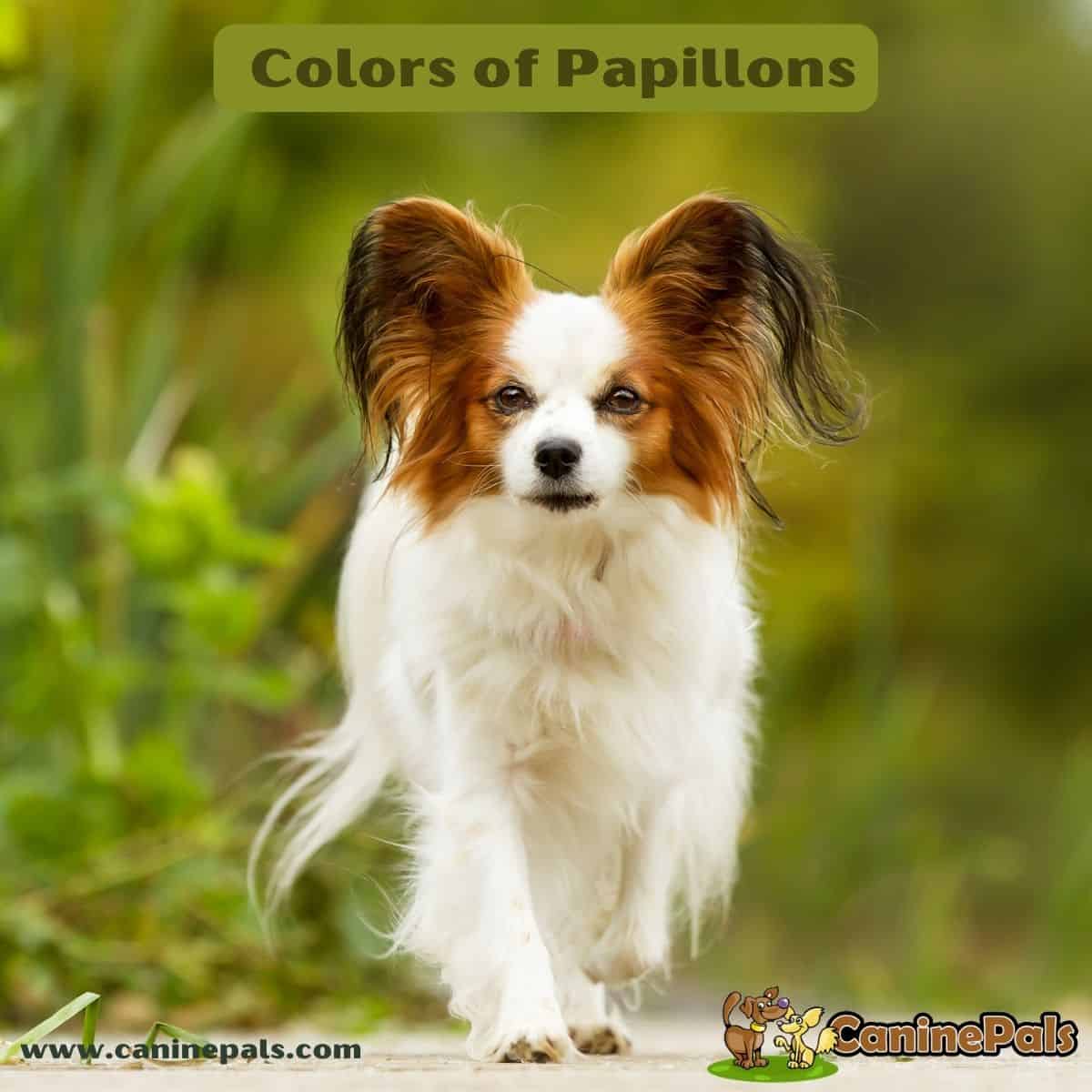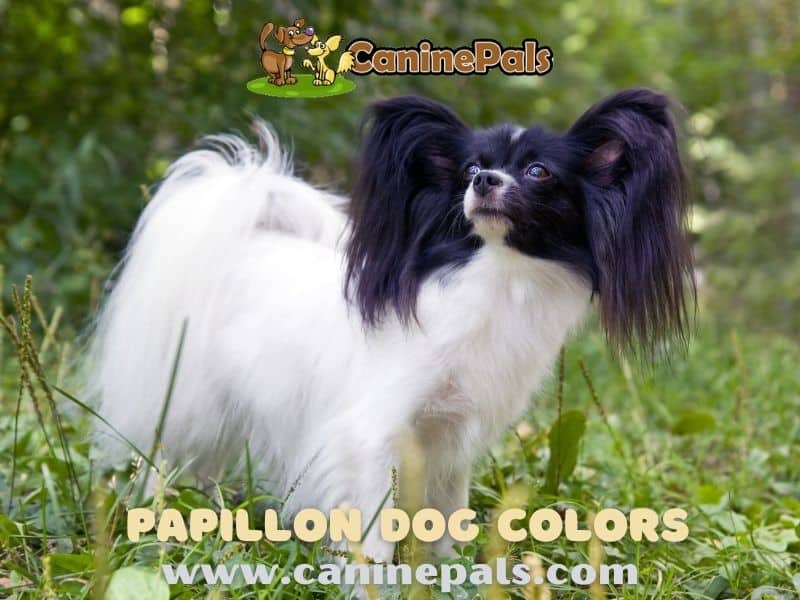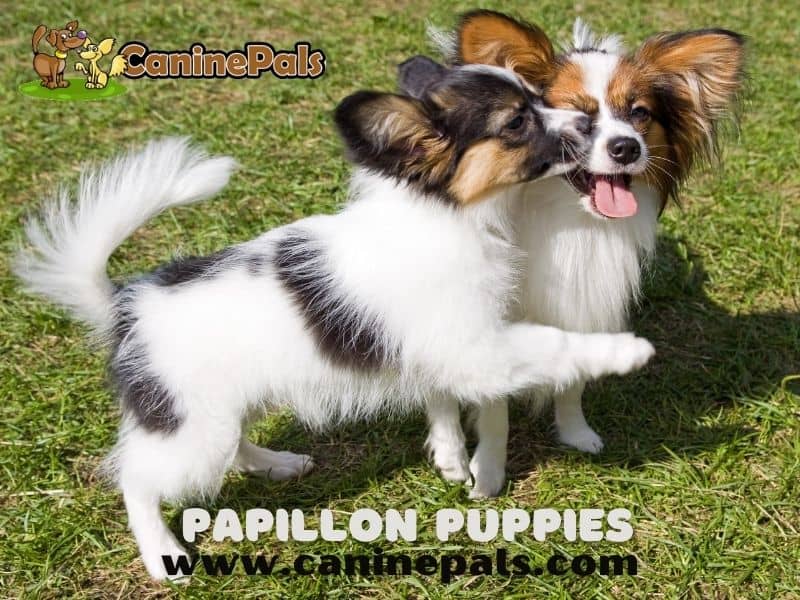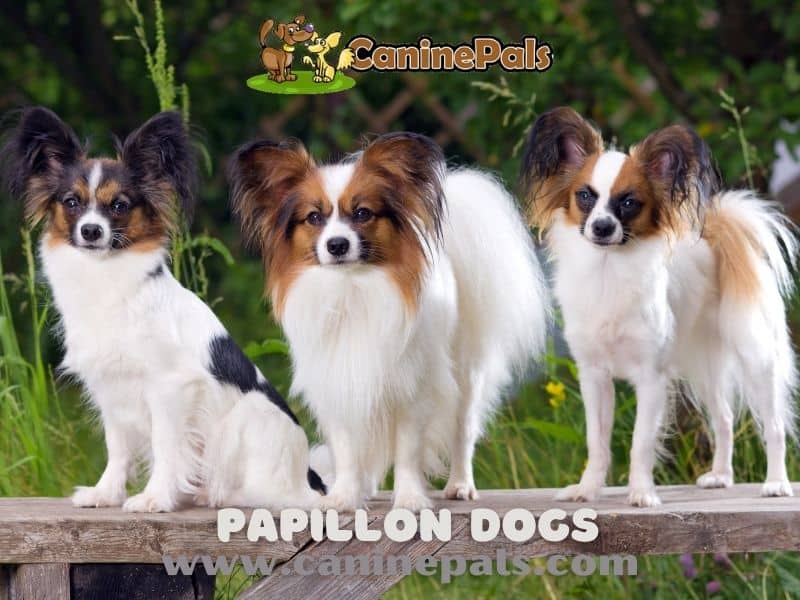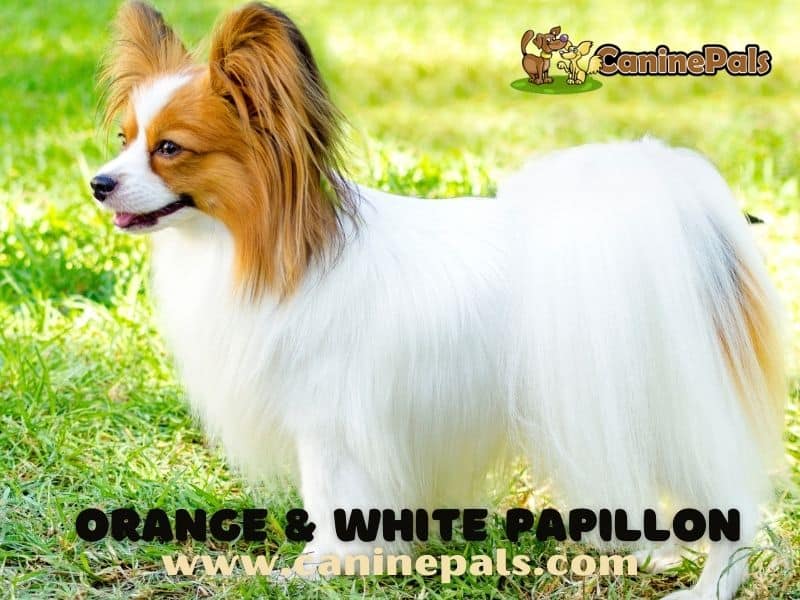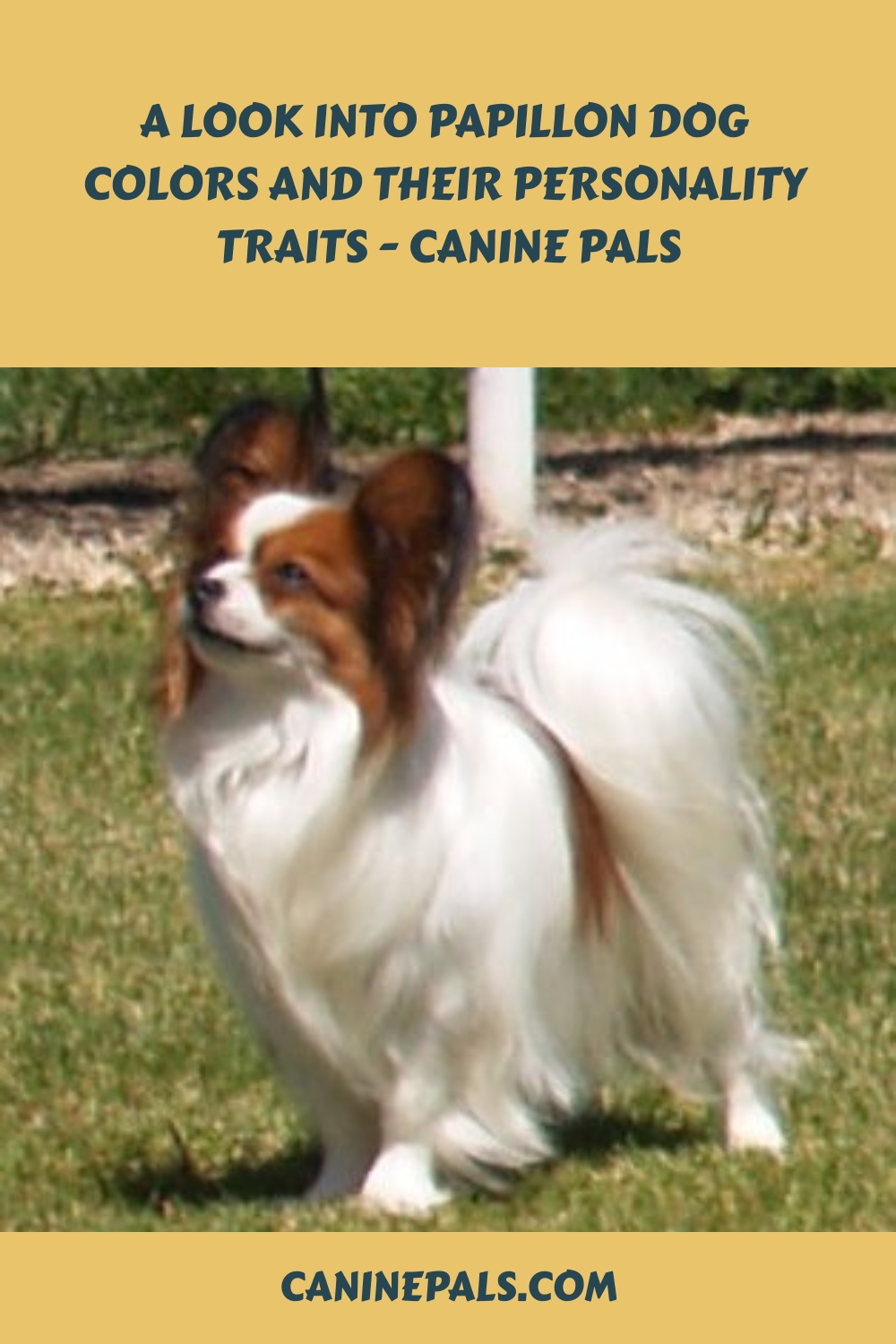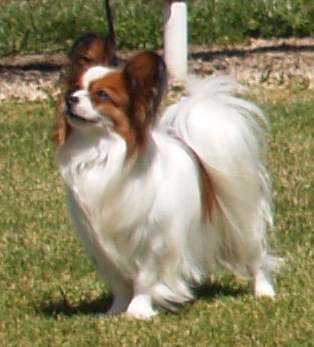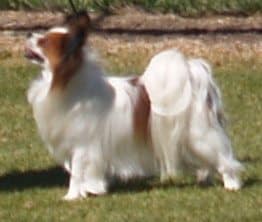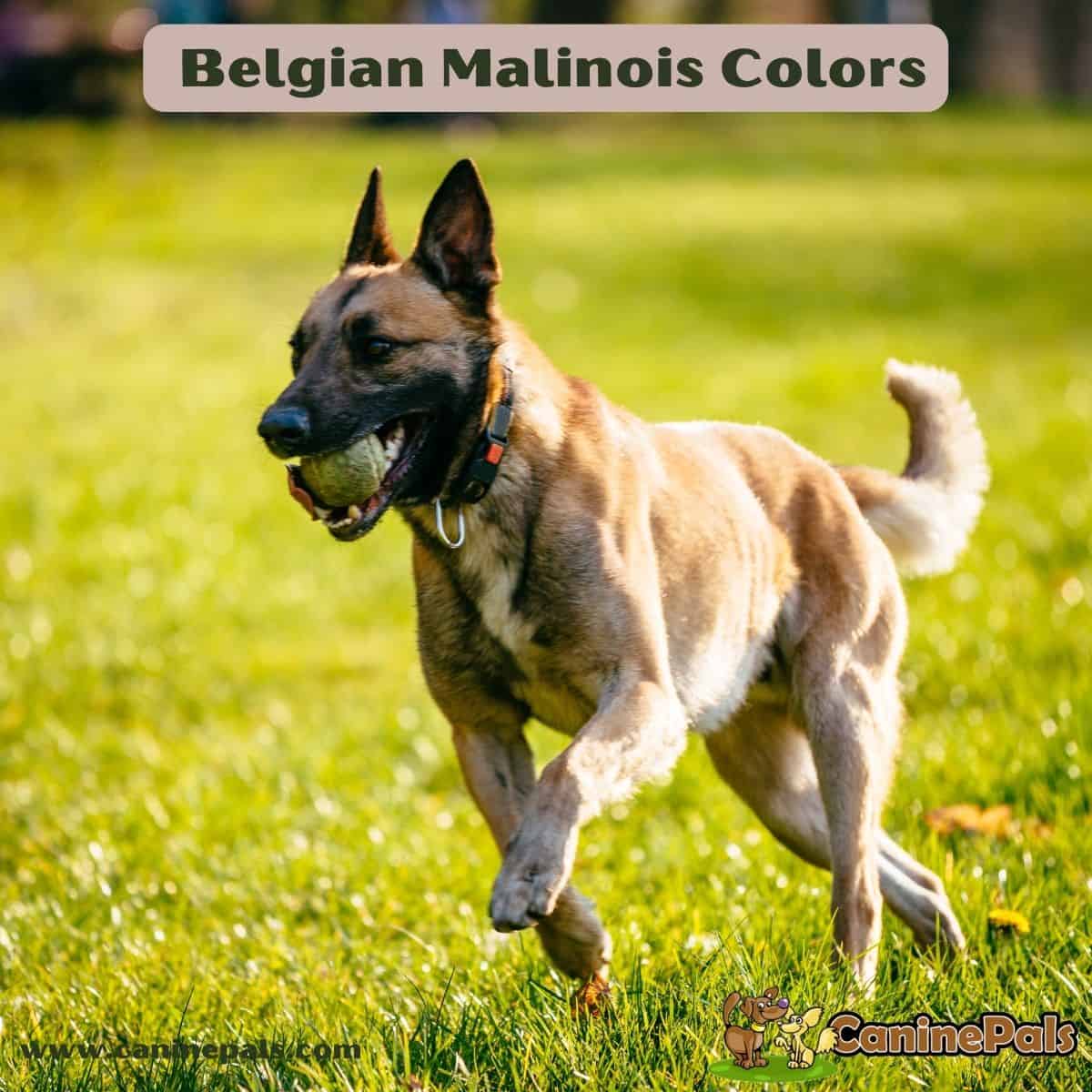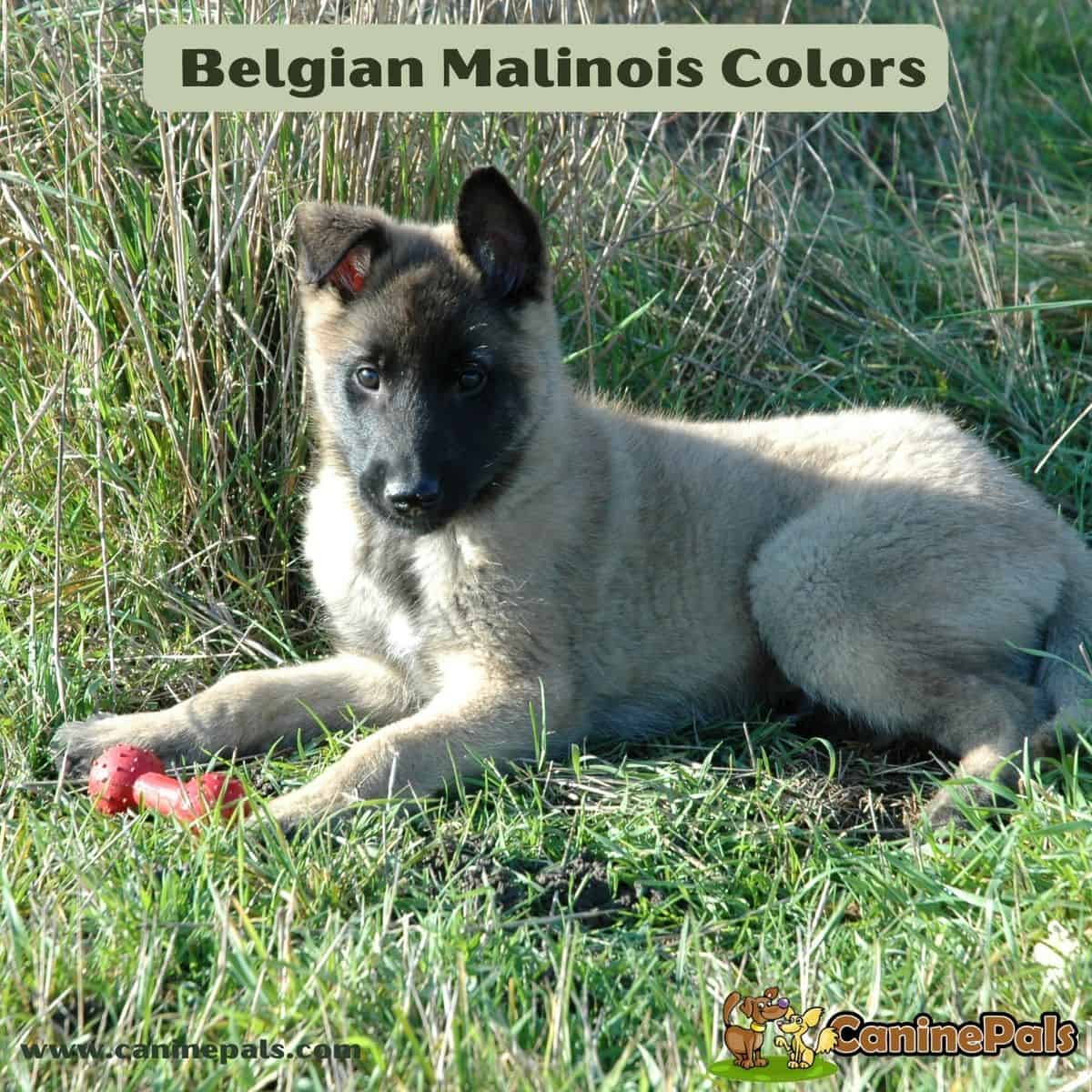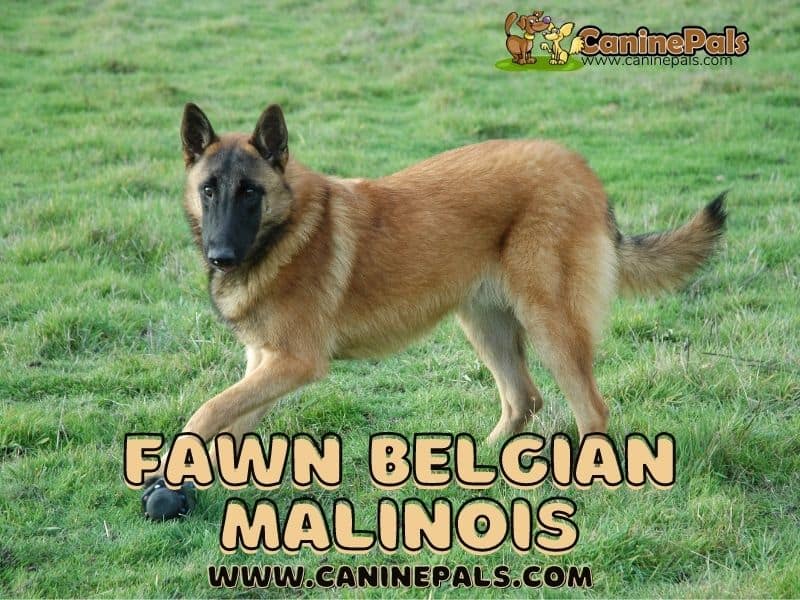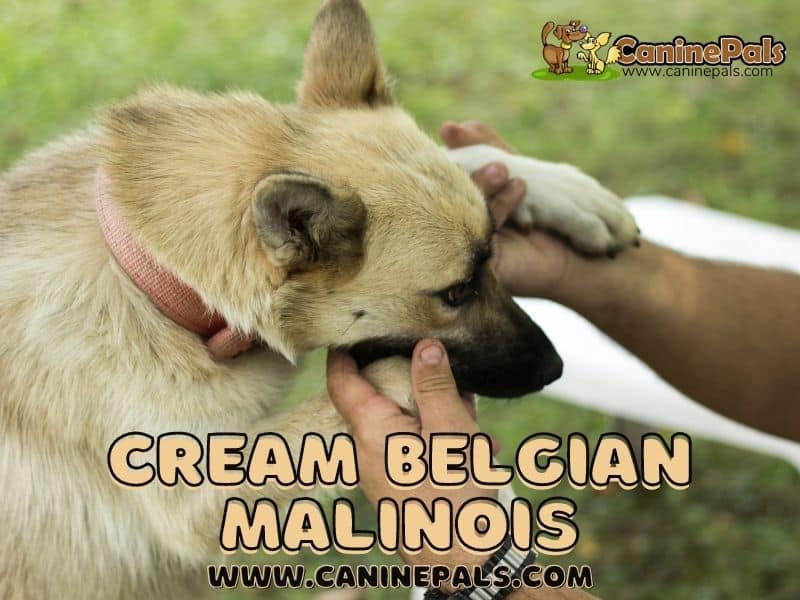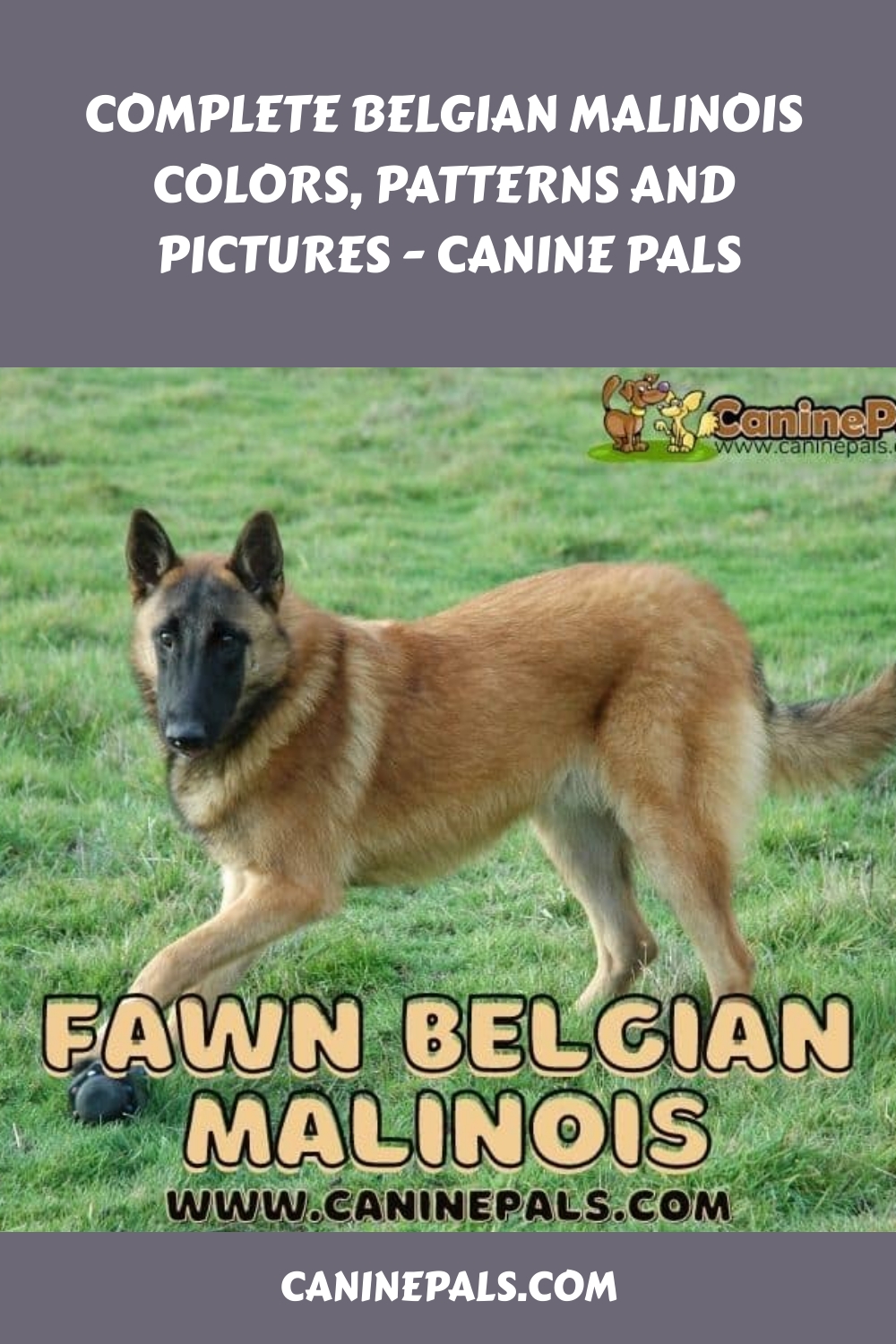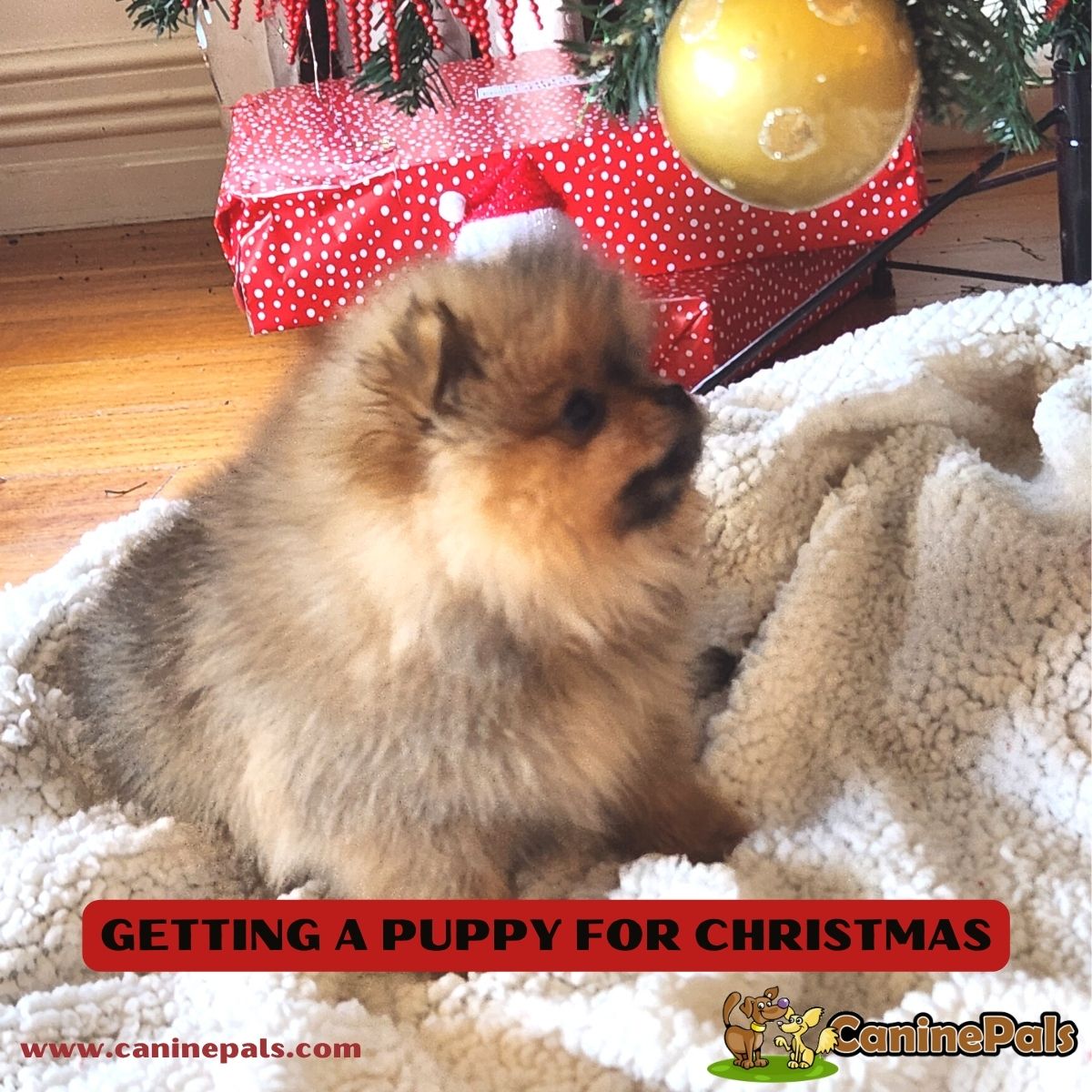Magnificent, classy, clever. The Poodle is a noble-looking, well-balanced dog with impressive hairdos and a slender muzzle. This affectionate peer is a purebreed dog with many hidden talents. The intelligence of this dog breed is world-famous. Poodles are loyal and highly trainable dogs, capable of completing any task you put them into.
The Elegance, agility, and confidence of this dog breed are unquestionable. Their charming physical appearance has long made people fall for them. Despite their luxurious traits, the curly-haired companion easily adapts to any environment.
If you have chosen a Poodle as a friend for life, the next thought that must pop into your mind is ” male vs. female Poodle, which one should you get?” Do girl dogs or boy Poodles make better pets?
Choosing between a male and female poodle involves considering various factors such as temperament, size difference, and the amount of time you can dedicate to your new furry friend. Poodles, known for being among the most intelligent and popular dog breeds, exhibit traits that may make one sex a better choice depending on the prospective dog owner’s lifestyle.
Male poodles, often seen as more independent and assertive, contrast with their female counterparts, who tend to be affectionate and attentive, potentially making them a much better family pet for those seeking a loving dog companion.

Male Vs. Female Poodle: Which One is Better?
The controversy of male vs female Poodle isn’t new. Some people believe having a male Poodle dog is better than having a female one. Others have different perspectives. You can say this debate is not limited to humans after all. 😉
However, to determine whether you are looking for a male or female puppy, you need to identify the differences between them. While male puppies and female Poodles have some minor differences in their personalities, both dogs share some common poodle personality traits.
Pet lovers state that male Poodles are more affectionate than females, fun-loving, and easy to train.
Behavior Differences
Intelligence, loyalty, mischievousness, and love: these four words are enough to describe a Poodle’s personality. A fun fact about Poodles is that despite this four-legged friend’s highly groomed appearance, the fellow has a goofy touch to its nature. These pups love to play games of all kinds. Poodles are very fond of people and love creating an emotionally pleasing bond with their special ones.
This fantastic dog breed is famous as the “Einstein of the dog world.” Its brilliant character traits make training processes easier. Perhaps these qualities can also make them sensitive fellows who need extra care and patience. A well-trained Poodle with a moderate exercise routine has a mild temperament. But this is only possible if the pup exercises enough to burn its naturally high energy levels.
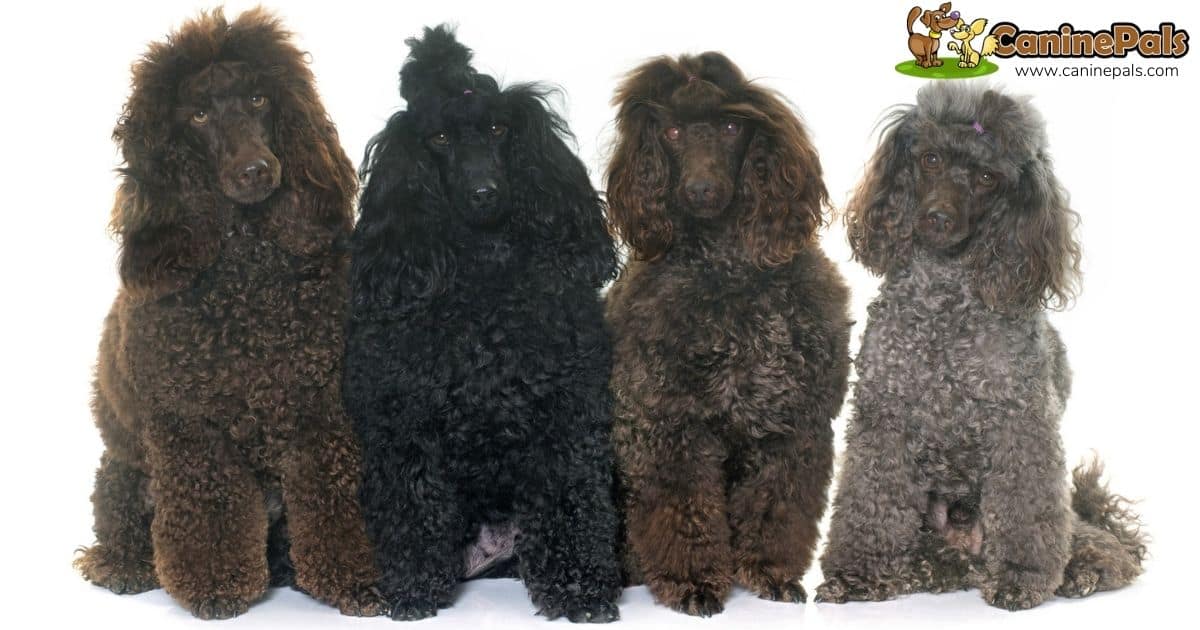
Poodles are friendly dogs but very protective of their loved ones. You may find your calm puppy barking at a stranger approaching your house. The canine is hesitant of strangers and takes a while to warm up. An important thing to remember is that Poodles are swift learners. They are quick at learning stuff, whether it is good or bad. It would be best to be very careful about what you teach him.
-
Male vs Female Standard Poodle: Male Behavior
Male Poodles often win a terrible reputation due to their boy behaviors. If not trained properly, you may find this bad boy doing activities like humping and marking. Most of these habits are closely linked to their exerting dominance.
To prevent your puppy from engaging in these male territorial behaviors, we recommend neutering your little boy by the age of 5 months. His dependency on the owner truly separates a male Poodle from a female one. Males tend to develop a special bond with only one family member. It doesn’t mean this twinkling-eyed pup doesn’t love the whole family, but the pal prefers one family member to love more!
With this glamorous personality, one should have some preferences. Your male Poodle can be a bit more sensitive to stress. They have an empathetic nature, making them excellent service dogs.
Many pet lovers state that male Poodles are more affectionate, fun-loving, and easy to train. Housebreaking this pooch is not a big challenge. This may be because they wish to please their beloved ones. Male Poodles are incredibly attentive. These fellas are natural attention seekers, so you better give them what they want.
-
Male vs Female Standard Poodle: Female Behavior
Female Poodles are considered independent ladies of the house. Your female BFF is undoubtedly cute, intelligent, and loving, but not as much as male Poodles. These gentle pups can be a bit distant and may seek less attention.
We are not saying female poodles don’t want to be near people—they do. But unlike male Poodles, they will not appreciate you touching them constantly. All Poodles are territorial, yet females can be more protective. So if you plan to invite a stranger into your presence, be extra careful throughout the introduction.
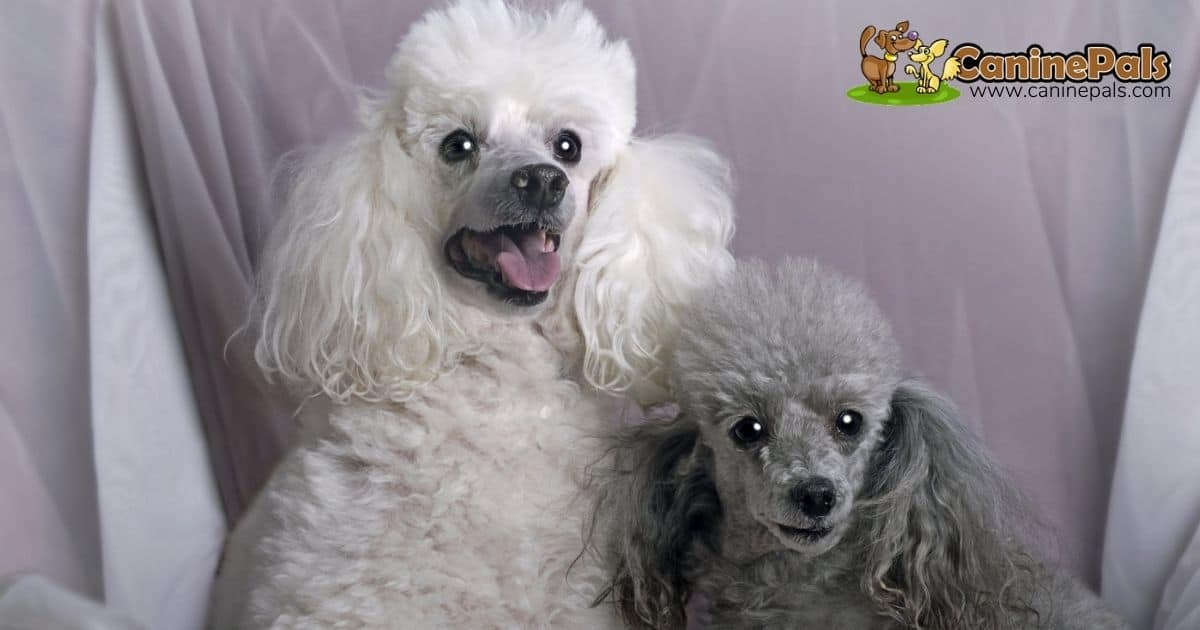
Female dogs share their warmth with the whole family. They are likely to take less stress over significant changes in the environment. Females seem a little unbothered about someone moving in or out of the house. Nonetheless, they are headstrong and can be very willful. If this charming lady has decided something, chances are low that she will consider other people’s thoughts.
If not trained inappropriately, standard female poodles can show alpha behaviors. Lack of training can make them dominant and bossy to other pets in the house. Some may try to dominate their owners or resist obedience training.
Poodles as Service Dogs
We know. It’s hard to think of this good-looking fellow as a working dog. The smaller sizes of this breed may also make you suspicious of this statement. But that doesn’t change that poodles were bred as hunting dogs. Their energetic spirit, athletic abilities, intelligence, lovable temperament, and highly trainable skills made them an excellent fit for various jobs.
Poodles are also great at learning things from watching other dogs. They are excellent therapy dogs and are fantastic at carrying things.
-
Male Poodles As Service Dogs
Despite the never-ending debate of male vs. female standard poodles, male vs. female miniature poodles, and male or female toy poodles, male ones have some attributes that make them excellent service dogs. Their ability to bond with one person makes them think they are responsible for that member as a service dog.
A well-trained male Poodle is highly attentive to its owner’s safety and health. Plus, the puppy doesn’t think he is doing a job; caring for his loved one is like a responsibility he loves. Male Poodles ask for love and affection and keep their dear ones entertained.
-
Female Poodles As Service Dogs
Female Poodles are fabulous at serving as therapy dogs because of their high-stress resistance nature. Unlike male dogs, female Poodles don’t feel stressed out by watching a patient in pain or living in a chronic disease environment. They efficiently excel in any therapy-related task. Female Poodles’ tendency to bond with many people enables them to interact well with groups.
Male vs Female Miniature Poodle: What’s The Difference?
The Poodle dog breed is available in three sizes: Standard, Miniature, and toy breed poodle. Standard poodles are 15 or more inches tall, Mini poodles are 15 inches or less, and toy breeds are available in sizes not over 10 inches.
All three types don’t have many differences in their temperament. The characteristics of a standard female Poodle are similar to those of a miniature or toy breed female Poodle. The same goes for male dogs of this breed. These snuggle buddies are friendly, without the exception of breed type.

However, miniature poodles can be shy and vary from stranger to stranger. They are devoted to their owners. You may find this adorable friend growling at strangers. Poodles can bite if they feel someone is a potential threat, but that’s for extreme situations. Good socialization with new people and animals can help you control this tendency.
Other than that, Mini Poodles are very intelligent and people-pleasing. Training them is pretty handy.
-
Male vs Female Miniature Poodle: Temperamental Differences
Most people prefer a female Poodle to bring home, while breeders look for a male Poodle. We don’t know the exact reason behind their choices. However, marking and humping can be a reason for avoiding males as pets.
If you must deal with extreme environmental changes or want a puppy for therapy, a female Poodle is your obvious choice. Otherwise, a socialized male Poodle puppy is a wise choice. If you are unsure about the right gender, let’s look at the following temperamental differences. Remember to complete your research because once you bring a pet home, there shouldn’t be any going back.
-
Miniature Male Poodle Temperament
Your male fur baby will love to be around you. They enjoy getting all the attention they can and cannot deal with long-time separation. Like every other Poodle, miniature males are also interested in cherishing rather than being cherished.
Male Poodles are said to be more fun-loving and adventurous than their female counterpart. Sometimes, the pup can be a puppy for his entire life. These big babies can become more friendly with strangers and other pets through socialization.
Food is the biggest motivation for Poodles. You can convince them to do anything by offering a delicious treat. Therefore, training them can be extremely fun and easy. A non-socialized male Poodle may display aggression toward strangers and other animals. Your male pup may hump and pee in places you don’t want him to pee.
-
Female Miniature Poodle Temperament
Just like Standard and Toy Poodles, miniature female Poodles like to control situations. She is the little Boss of the house. The female will ask you for your affection, but the gorgeous lady will move away as soon as she has had enough.
Strong head and willfulness are the most fundamental trait of female Poodles. They have a natural instant of being the Alpha dog. Female poodles do what they wish, and it can be hard to train, especially for newbies; they are a real challenge. Marking territory is common in both genders, without exception. However, in some cases, even if a female is spayed, she is likely to continue marking.
Unlike male Poodles, female Poodles remain happy on their own. Your Poodle girl might not be very social and may not seek much care. She is a bit reserved and will prefer to spend some alone time rather than sitting on your lap. Female Poodles come in heat twice a year. You can expect some bleeding and mood swings during this period. It’s when even the most trained puppies can be too much to handle.
Are Poodles Aggressive?
Poodles are well-known for their intelligence and adaptability to every environment. This pooch is not aggressive but can develop anxious behaviors for several reasons. The puppy can have a fear of something, causing him to become suspicious of everyone. Male Poodles suffer from extreme separation anxiety, which is something you should be concerned about. Here are some common reasons for aggressive behaviors in your four-legged friend.
- Genetics
- Improper breeding technique
- Over territorial
- Separation anxiety
- Fear
- Lack of socialization
- Lack of stimulation
- Exhaustion
- High energy levels
To correct this unwanted behavior, it is necessary to identify the root of the trouble. This will help take the proper steps to resolve the issue.
Important Poodle Facts
The Poodle originally came from Germany and was a water retriever. The “poodle clip” cut is designed to help him glide through the water more easily. The left patches of hair protect his vital organs and joints from cold. The Standard Poodle is the oldest of the three types. The Toy Poodle was used in circuses and performances, and the miniature poodle was used to hunt truffles.
He’s very smart and exceptionally obedient. His three sizes contribute to his popularity. His coat can be almost any color but never parti-colored. Due to his size, he can live nearly anywhere. His coat is hypoallergenic, which makes him ideal for those with allergies.
He does need professional grooming regularly. He’s very active and needs regular exercise, too.
Vital Stats About Poodles
Let’s have a look at some essential stats of Poodles:
| Stats | Description |
| Dog Breed Group | The Toy Poodle is in the toy group ( USA). The Standard and the Miniature Poodle are both shown in the Non-Sporting Group. |
| Purpose | Originally bred as hunting dogs |
| Temperament | Devoted, Lively, Alert, Courageous, Quick, Sassy |
| Average Height | The Standard is more than 15 inches tall. The Miniature is 10 – 15 inches and the Toy is 10 inches or less. |
| Weight Range | The Toy weighs 3 to 6 kg, the Miniature weighs 6 to 12 kg, and the Standard variety weighs 13+ kg. |
| Energy level | High |
| Exercise requirements | Medium: 30+ minutes per day |
| Grooming Requirements | High |
| AKC Breed Popularity | Ranks 7 out of 197 |
| Life Expectancy | 10-18 years |
Final Thoughts
Choosing between a male and a female Poodle can be challenging, as both have unique traits that make them wonderful family members. While male Poodles are often more laid-back and may display alpha behavior, female Poodles are typically seen as more independent and easier to potty train at an early age.
Factors like activity level, health issues, and matching personality to the owner’s lifestyle are crucial. Understanding these nuances ensures the new puppy, regardless of sex, becomes the perfect match for the entire family.
Copyright CaninePals.Com. All Rights Reserved.
References and Further Reading:


